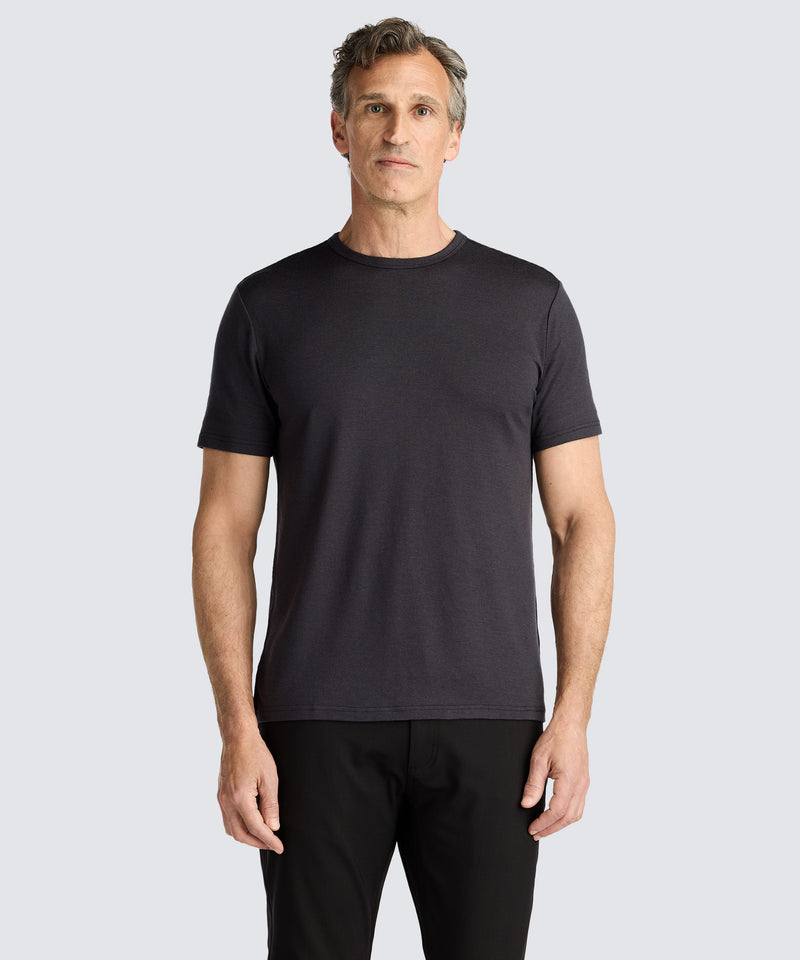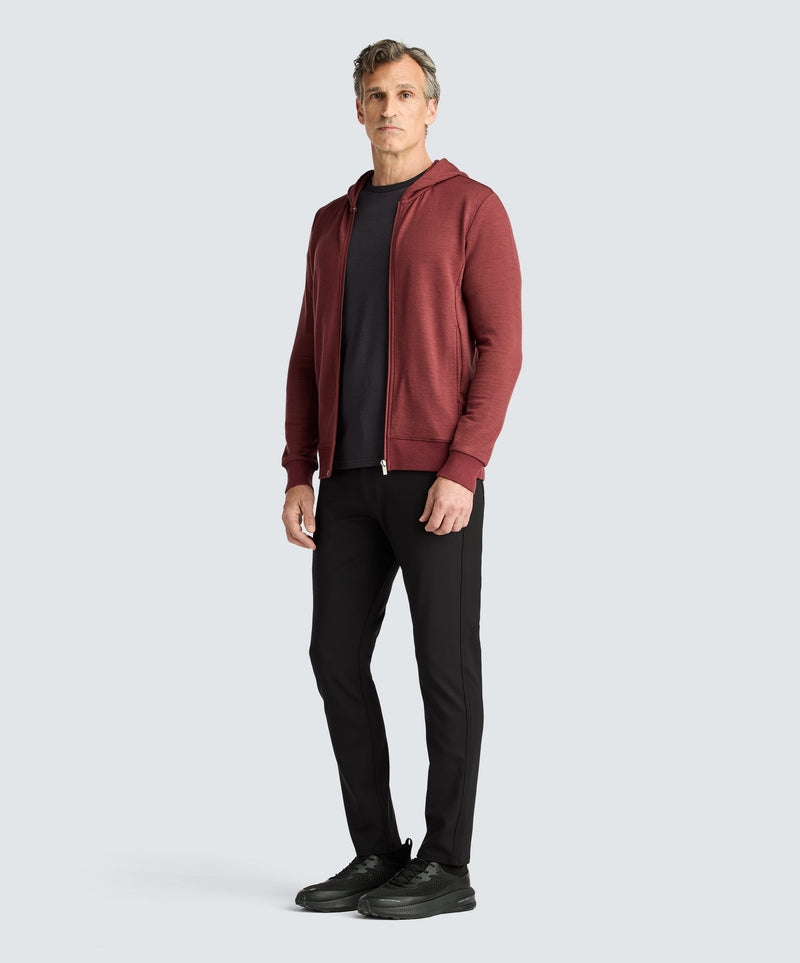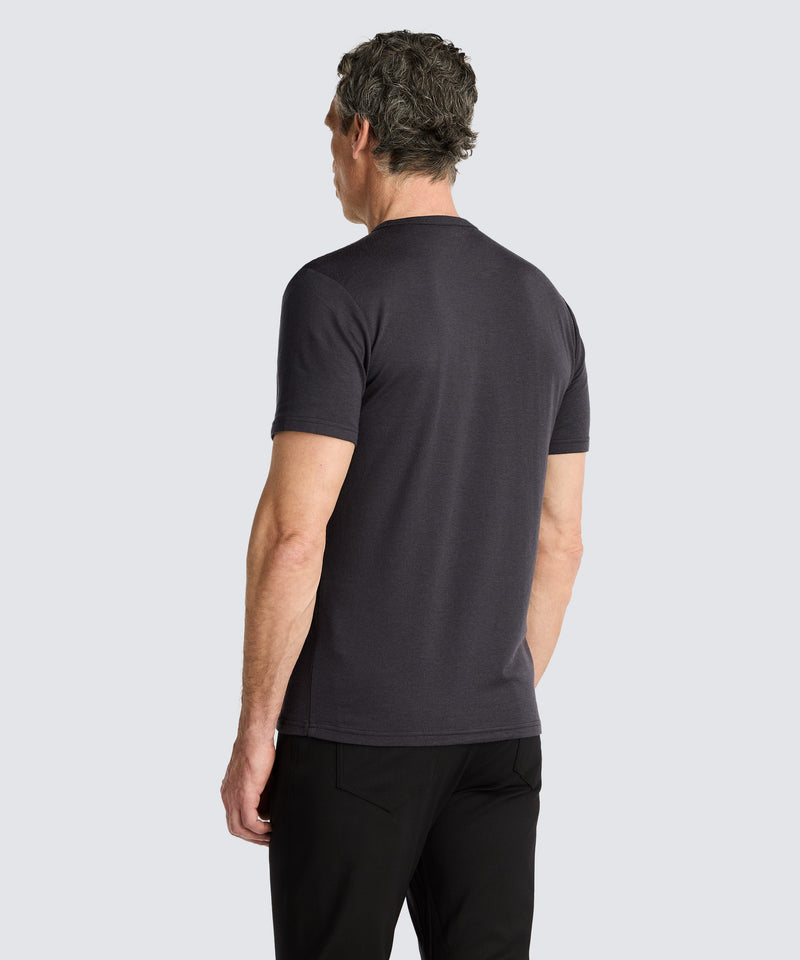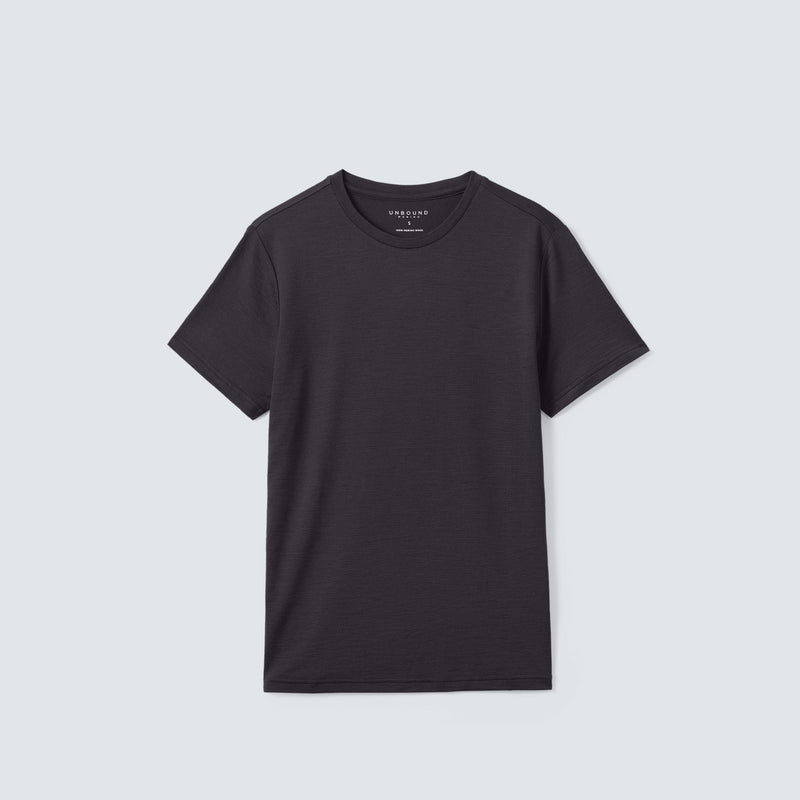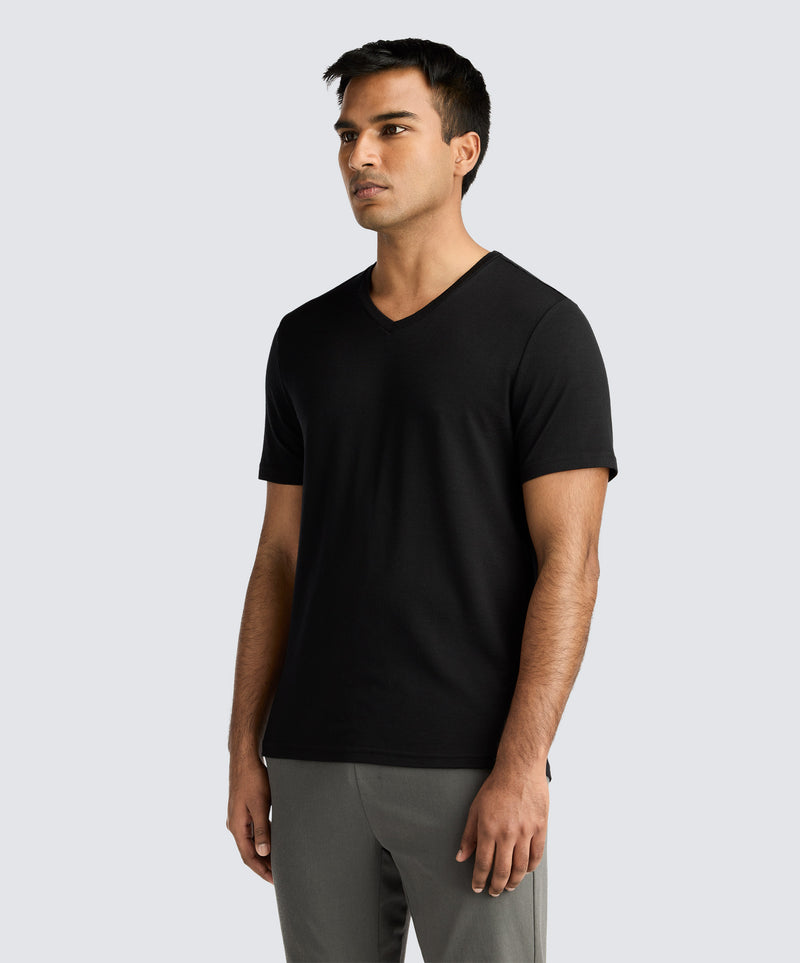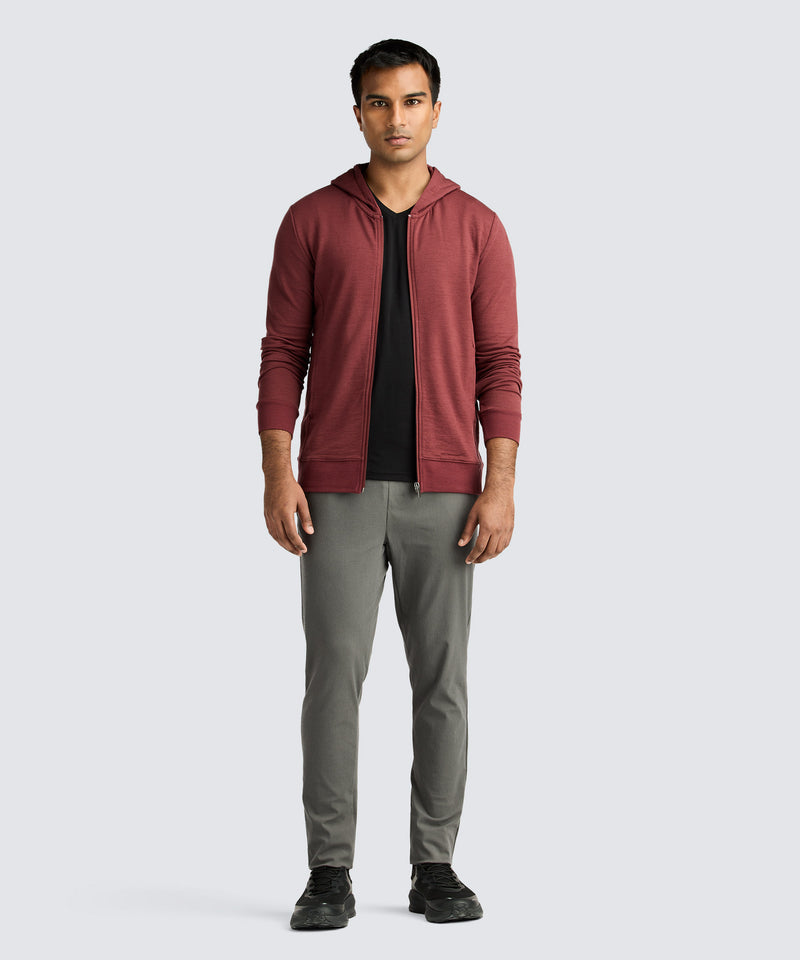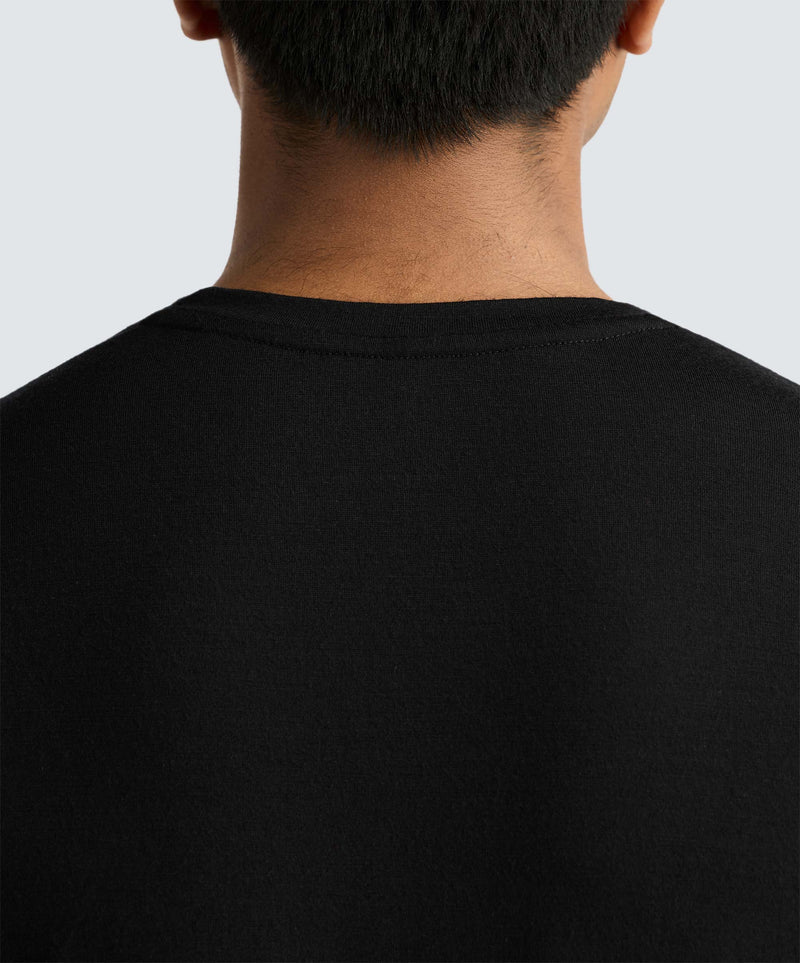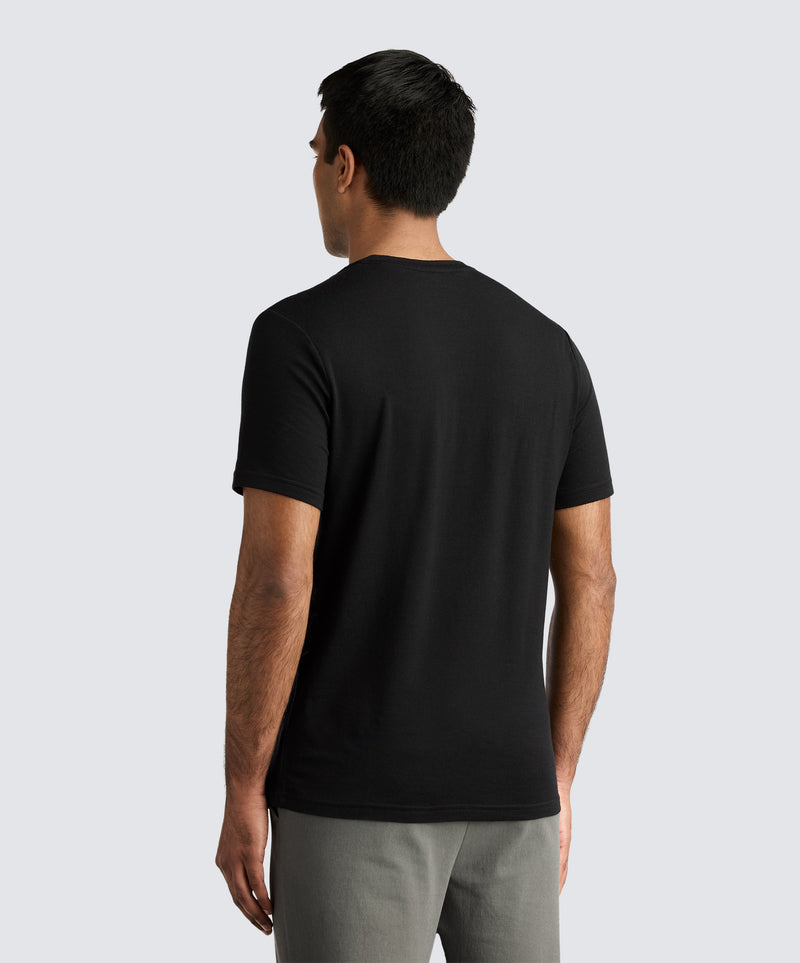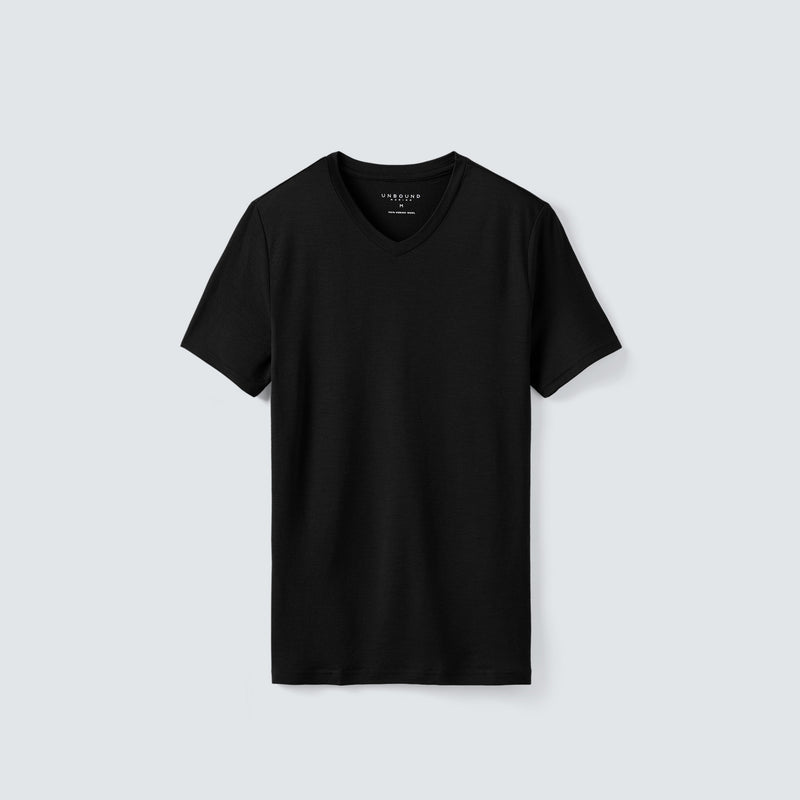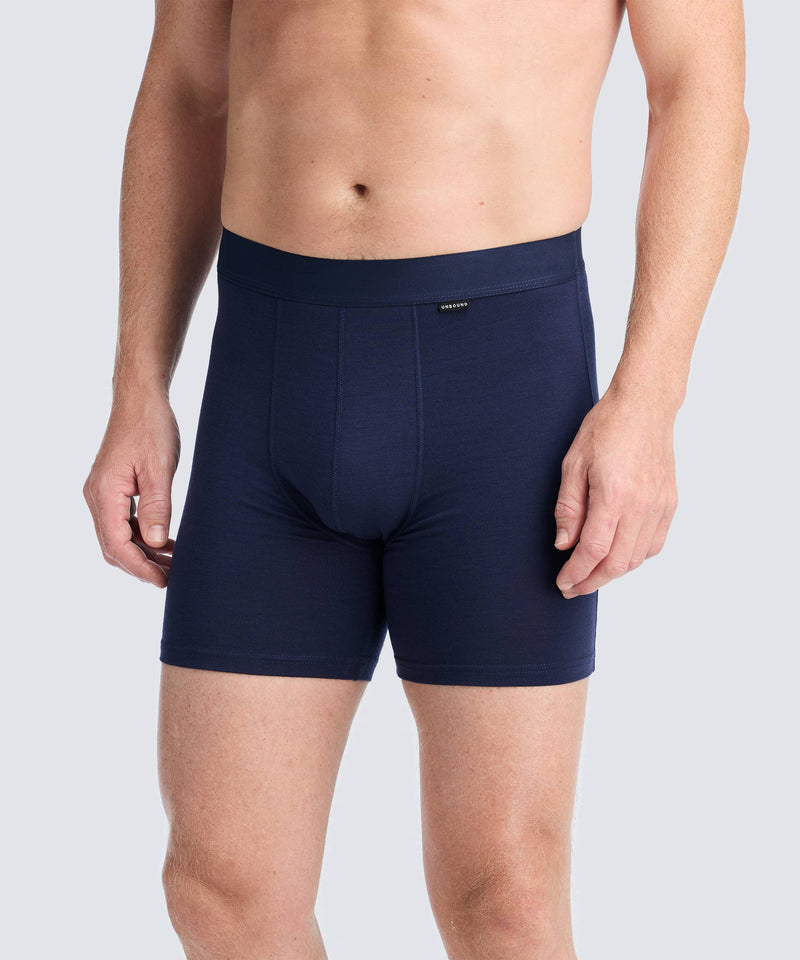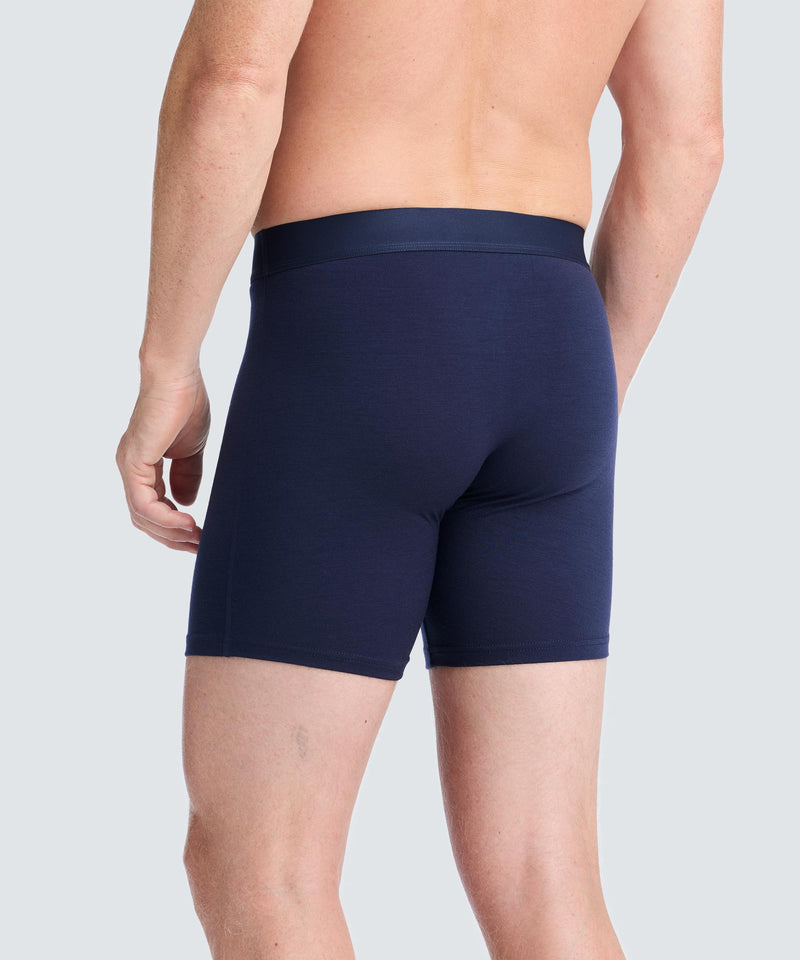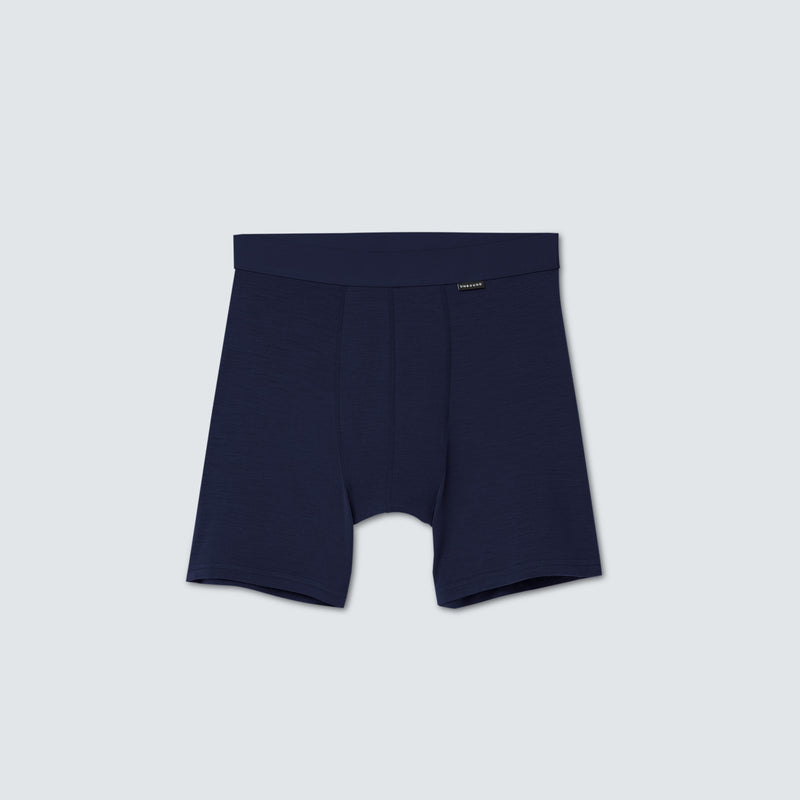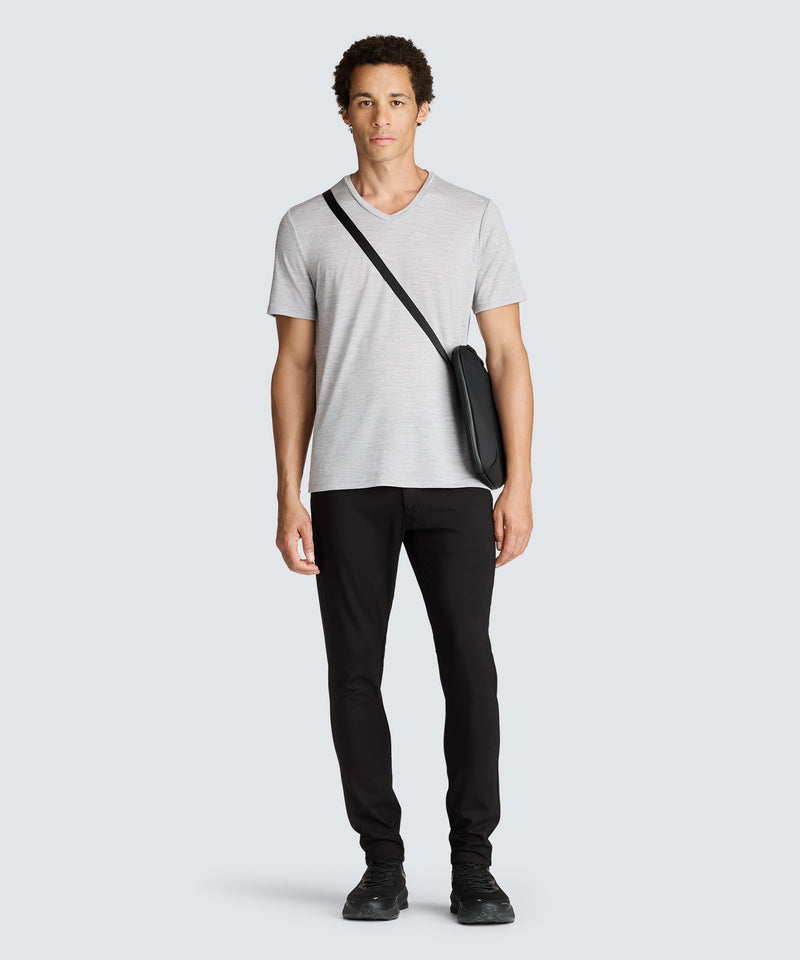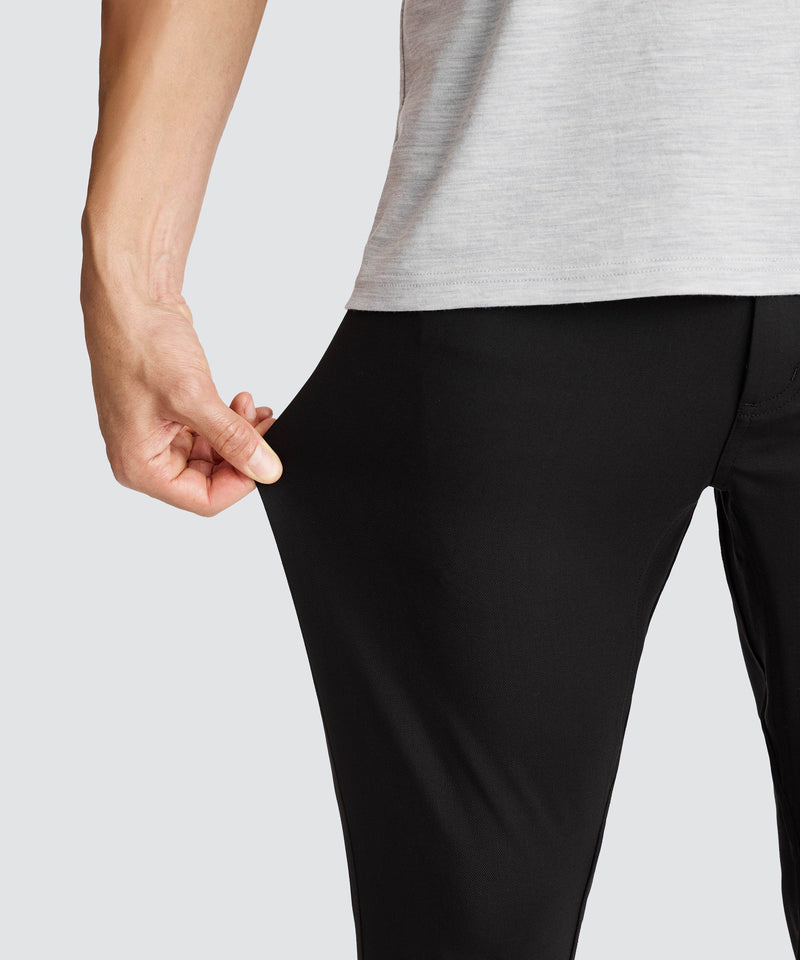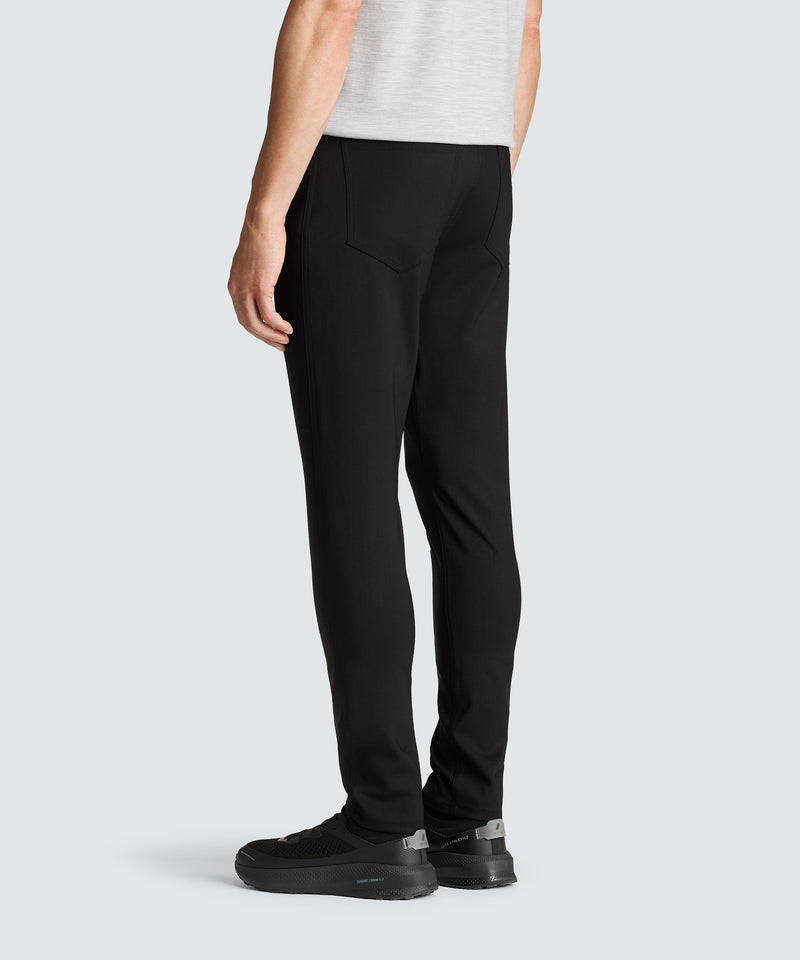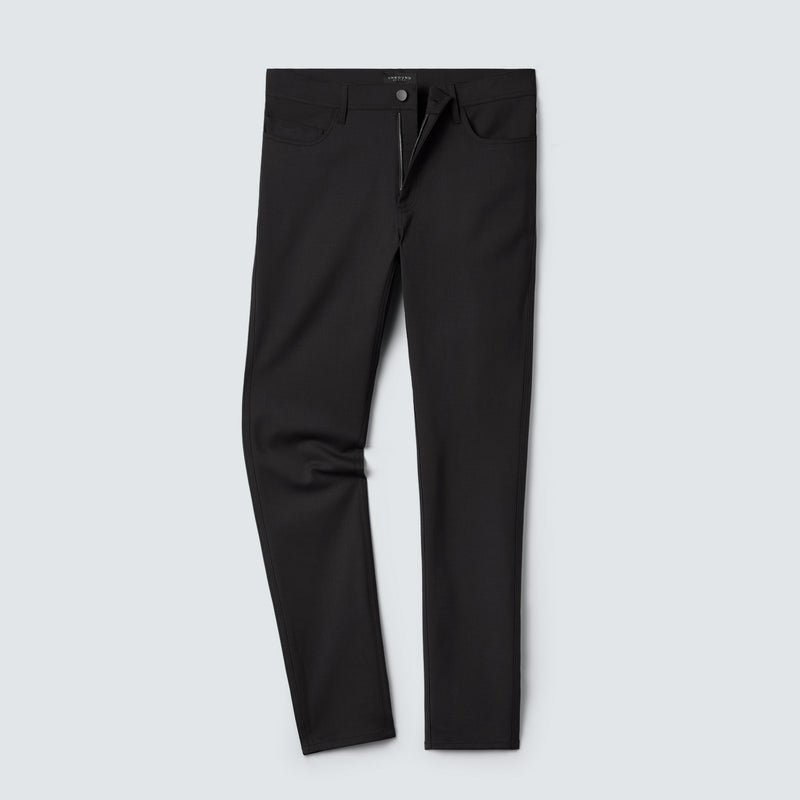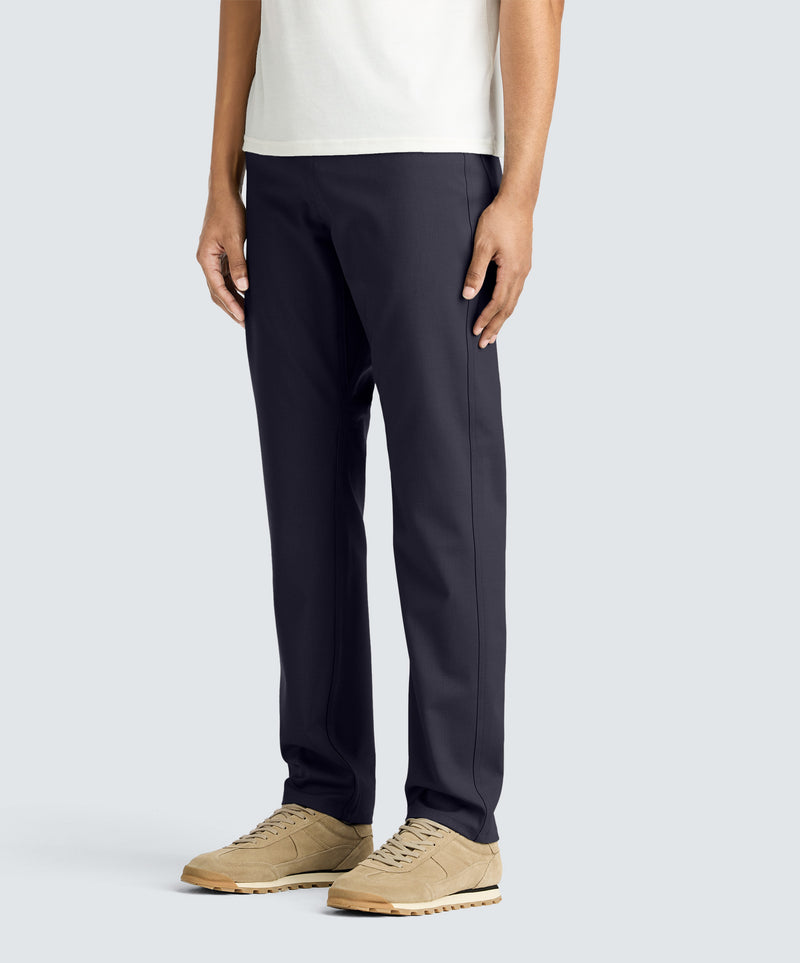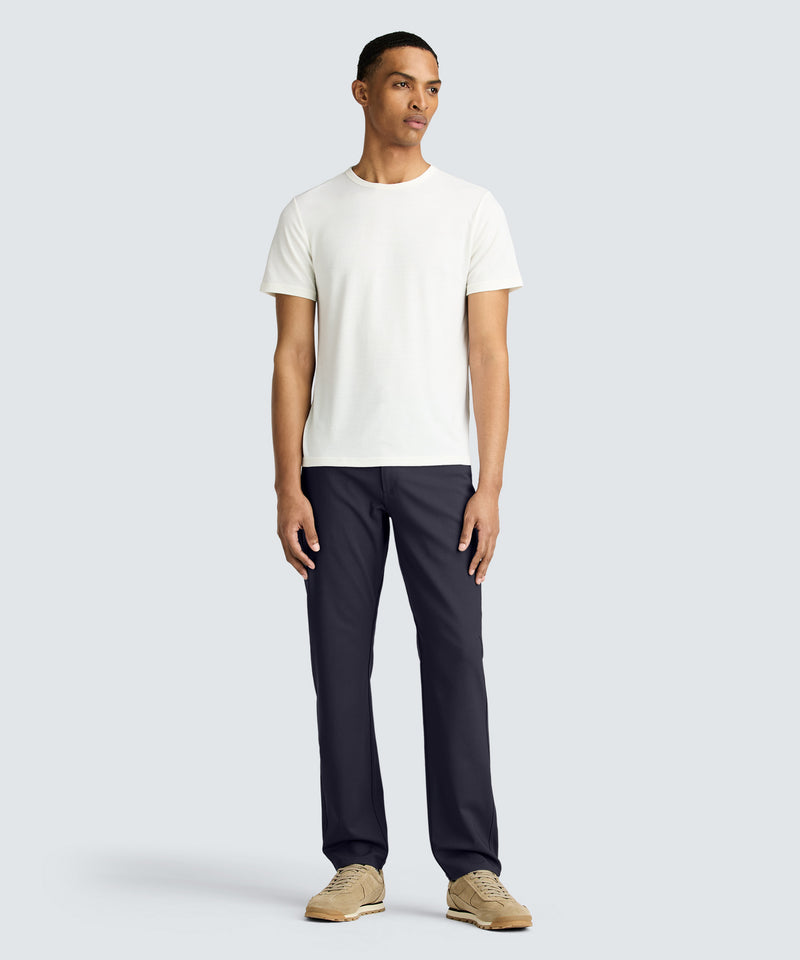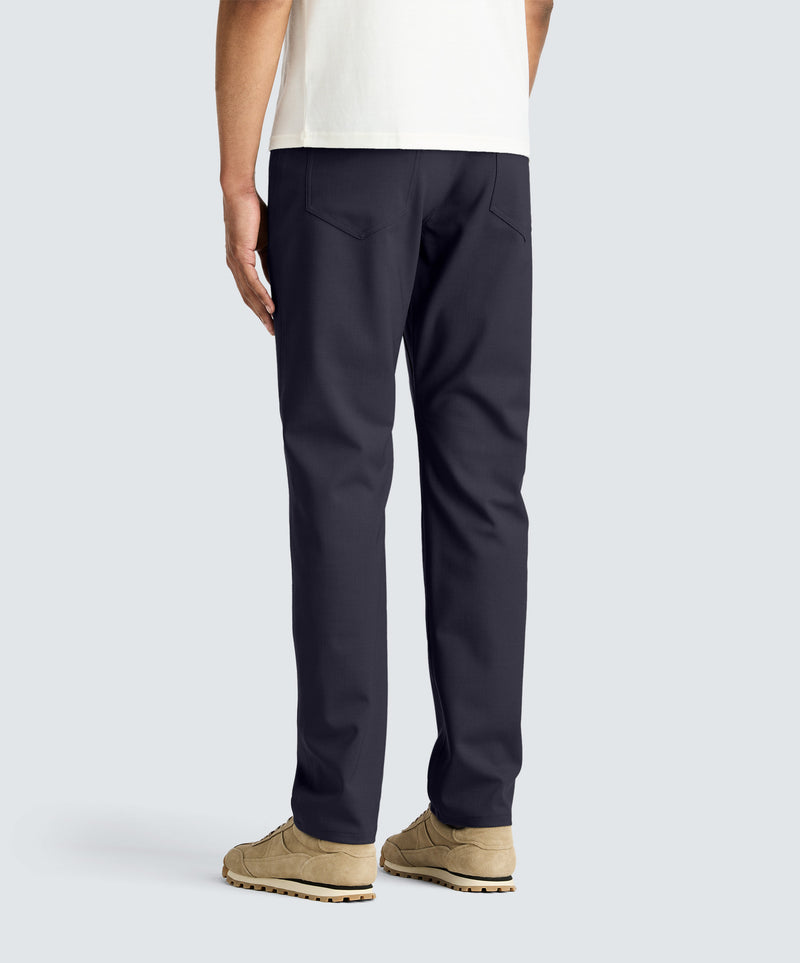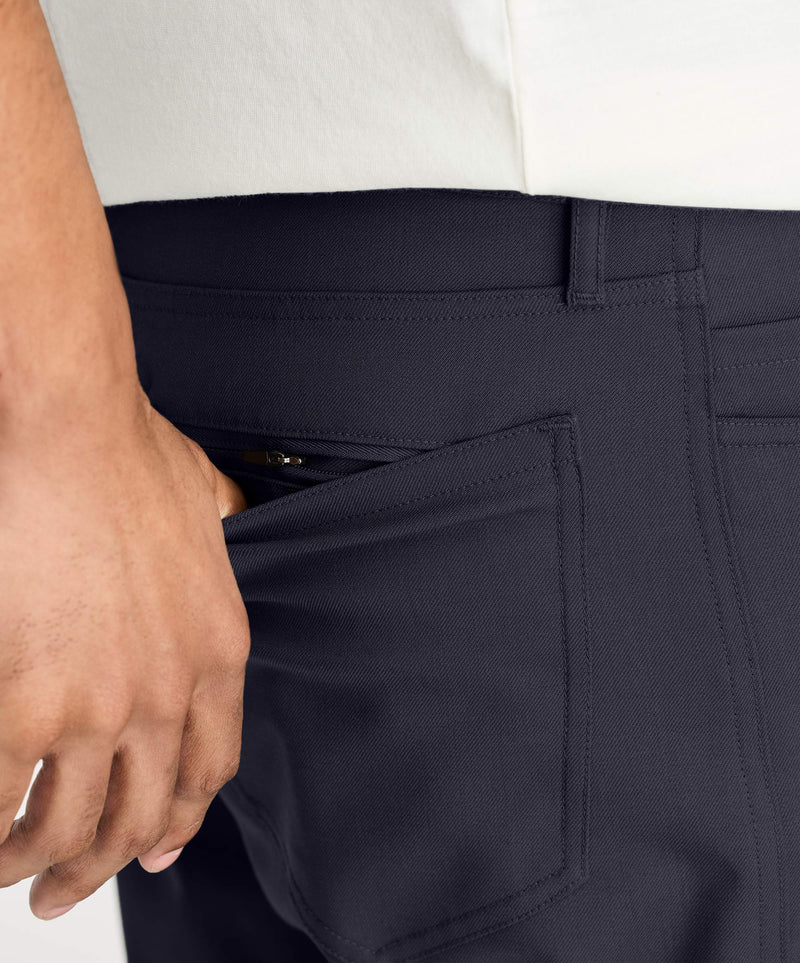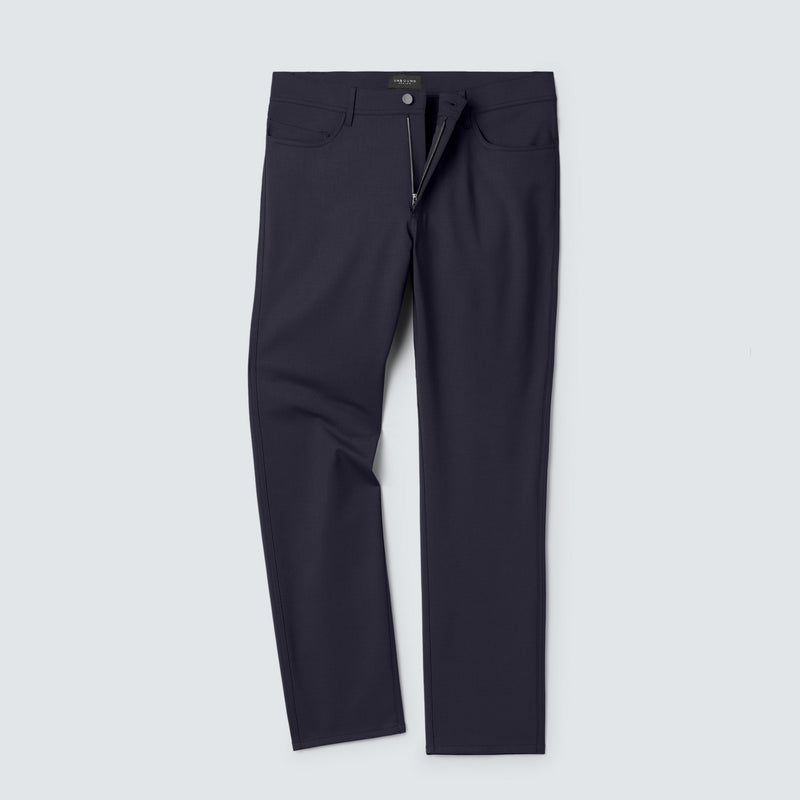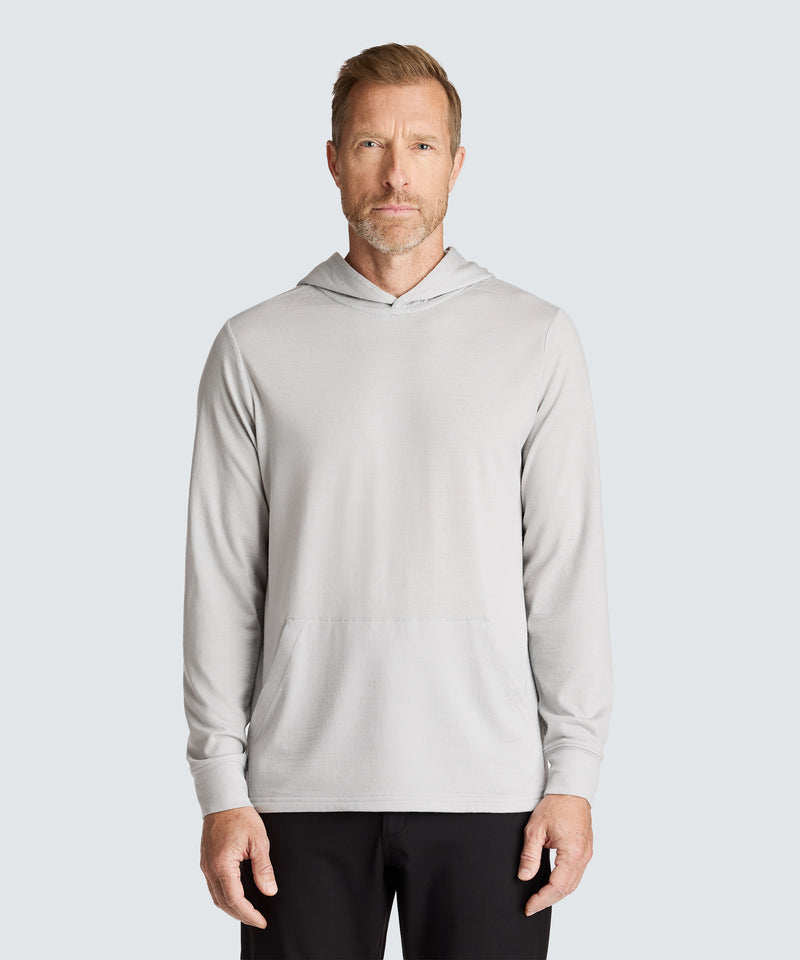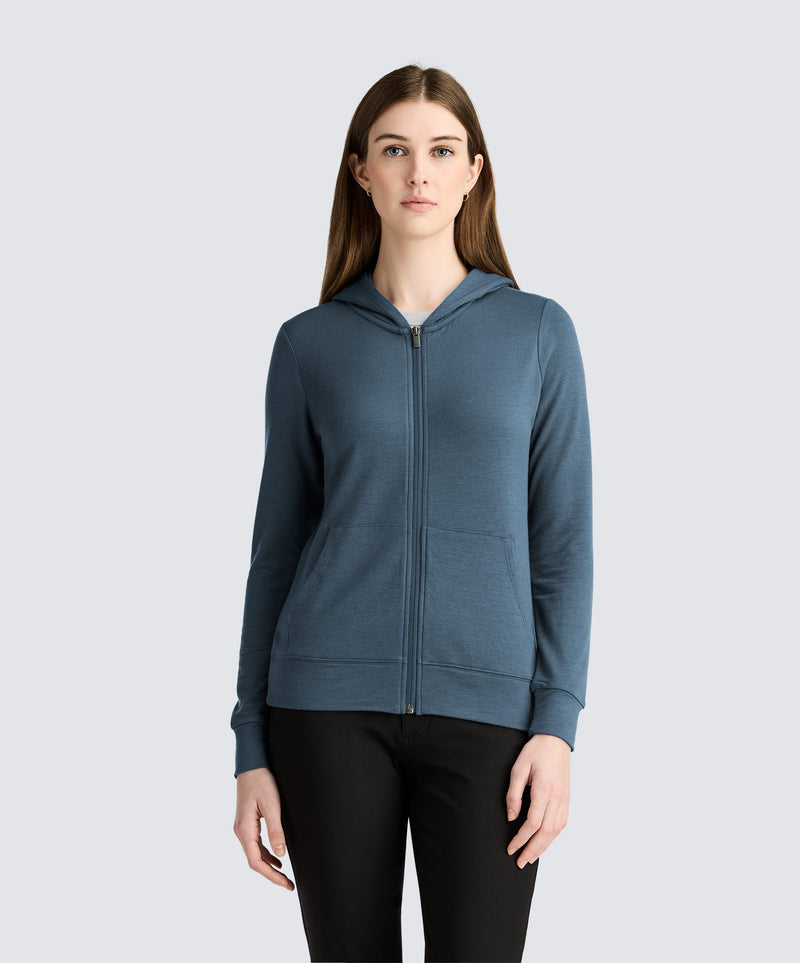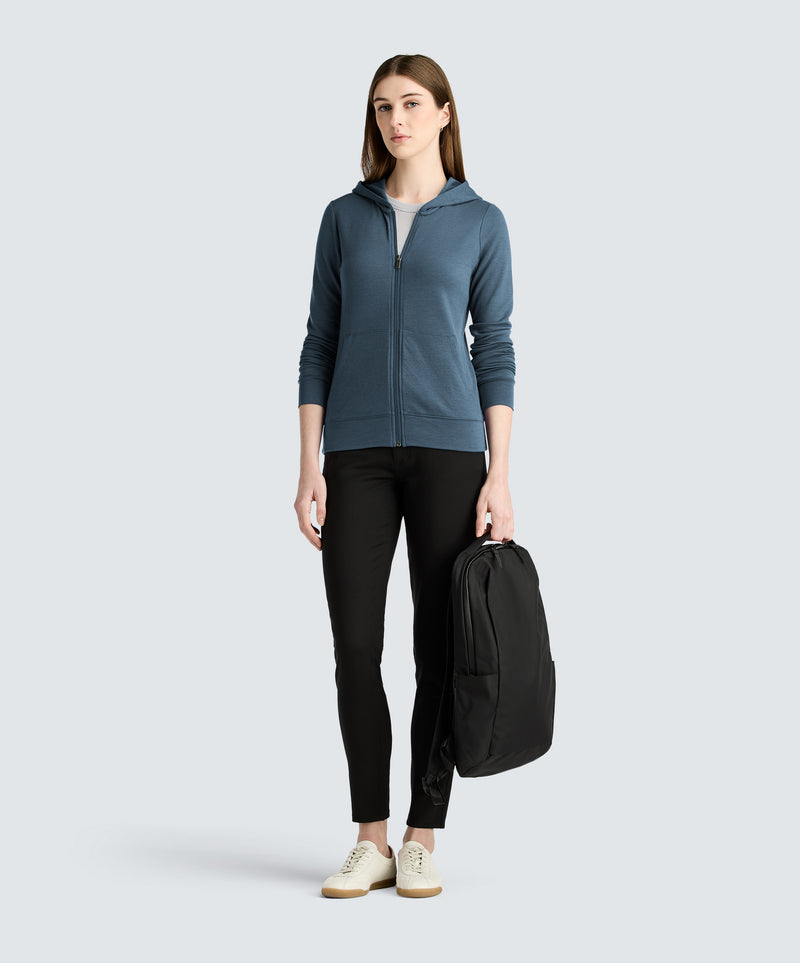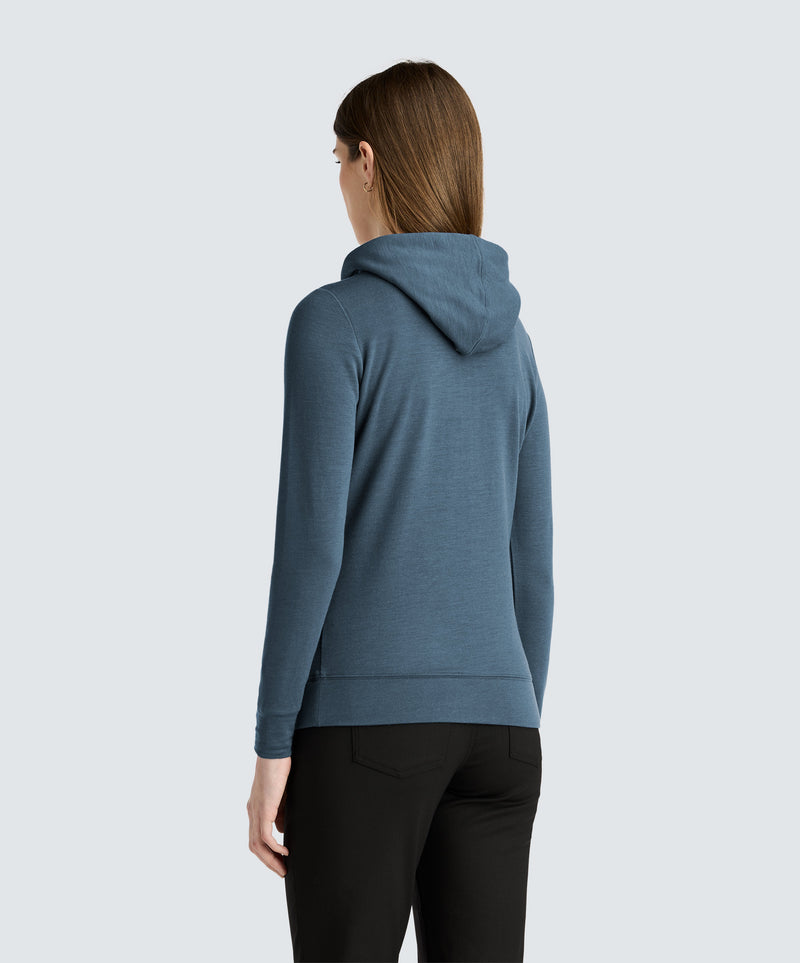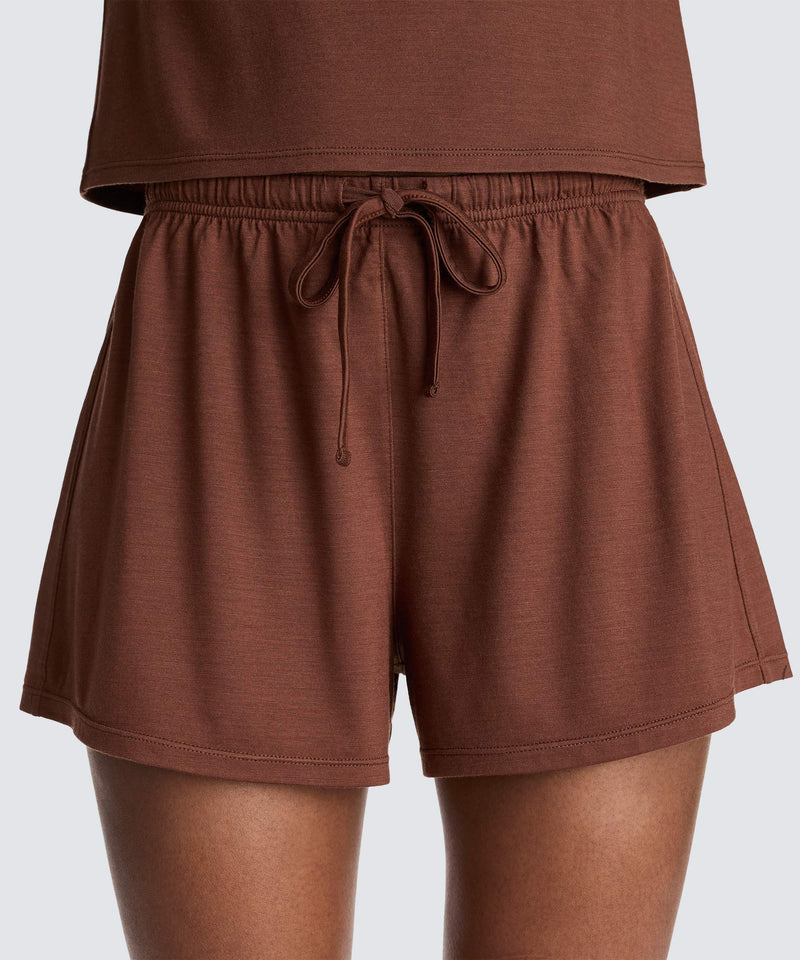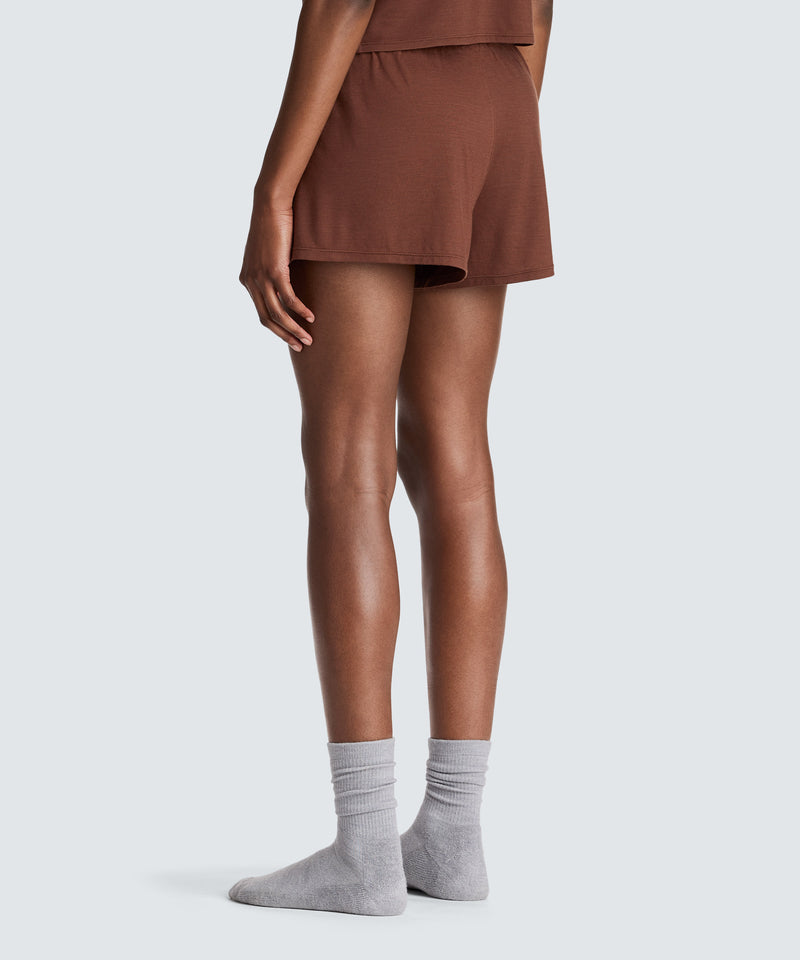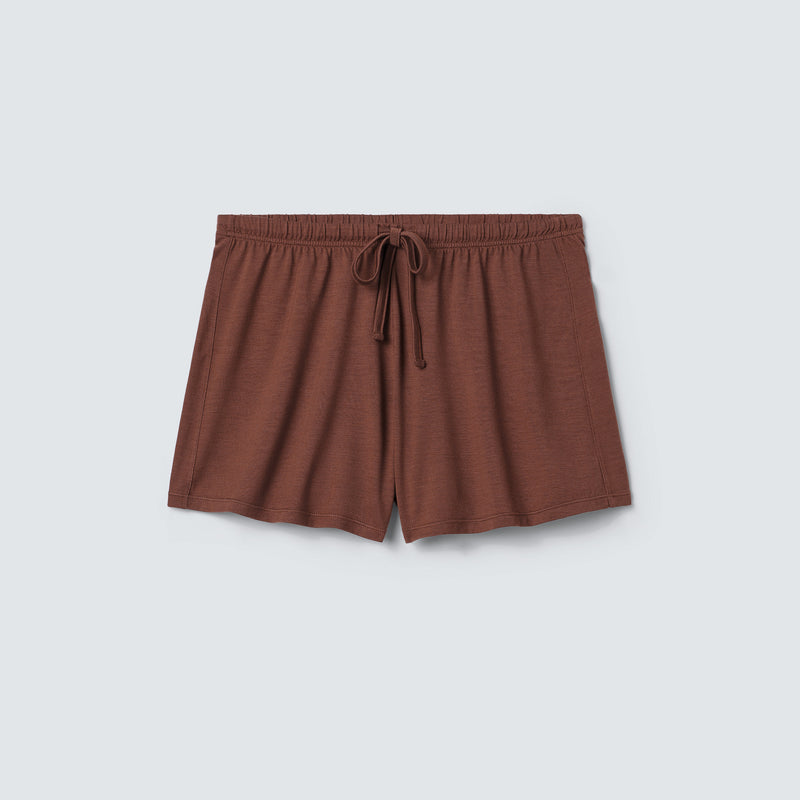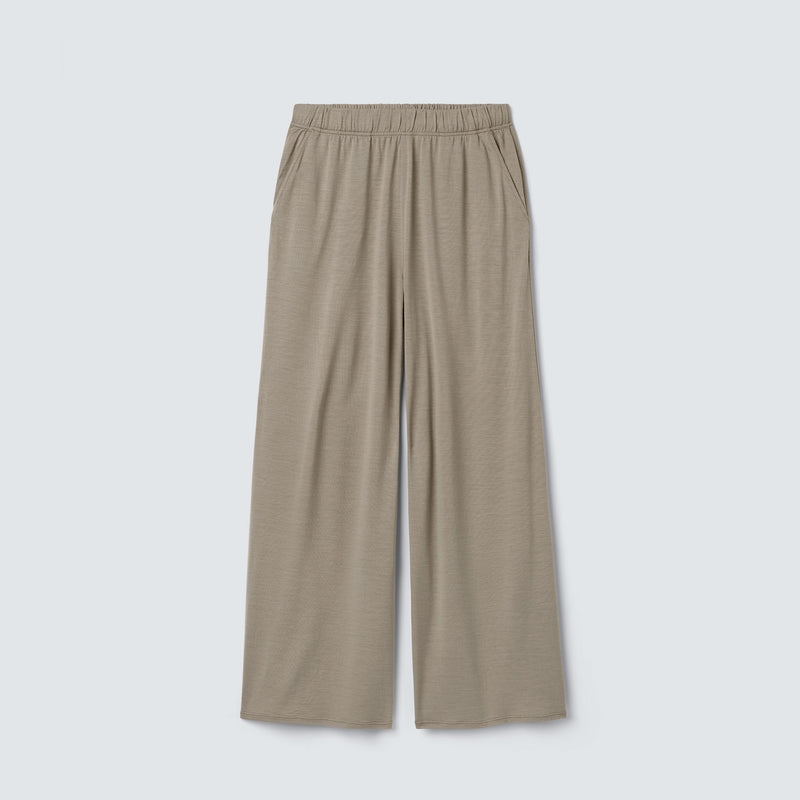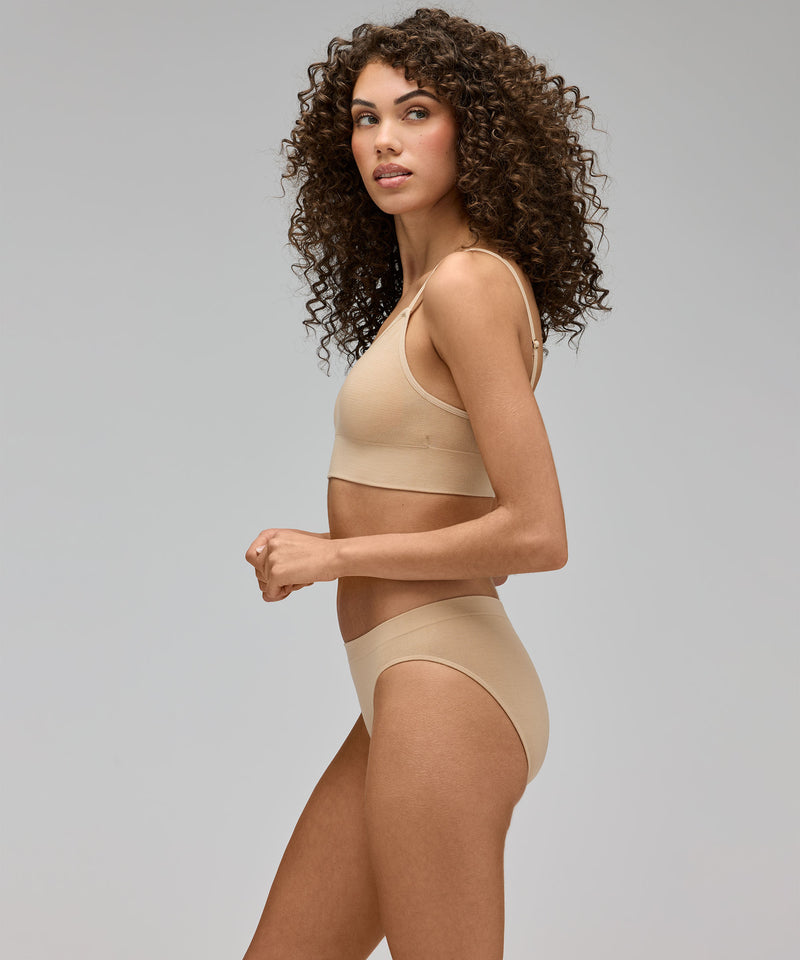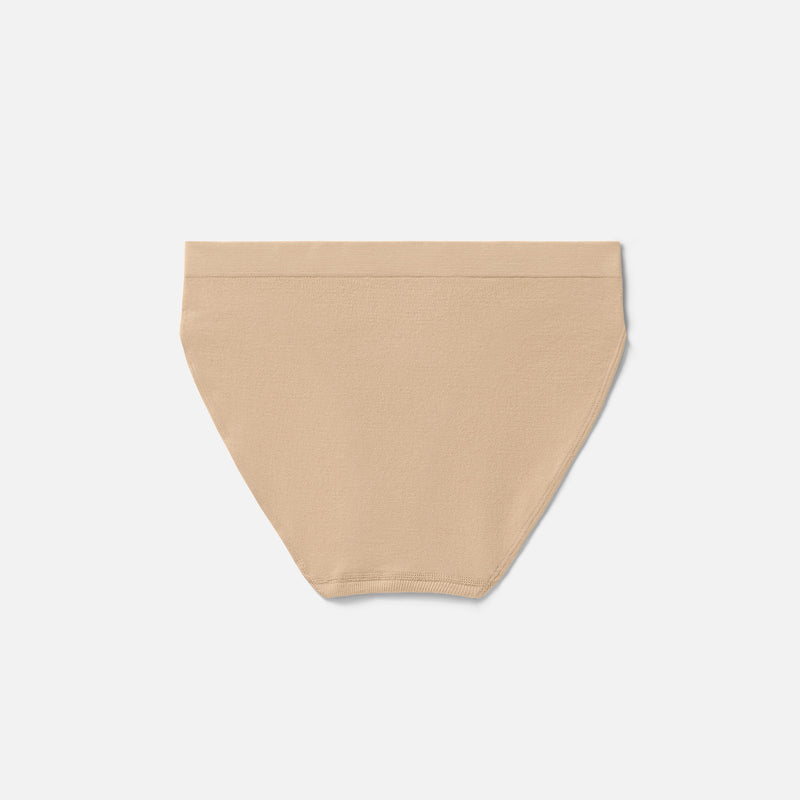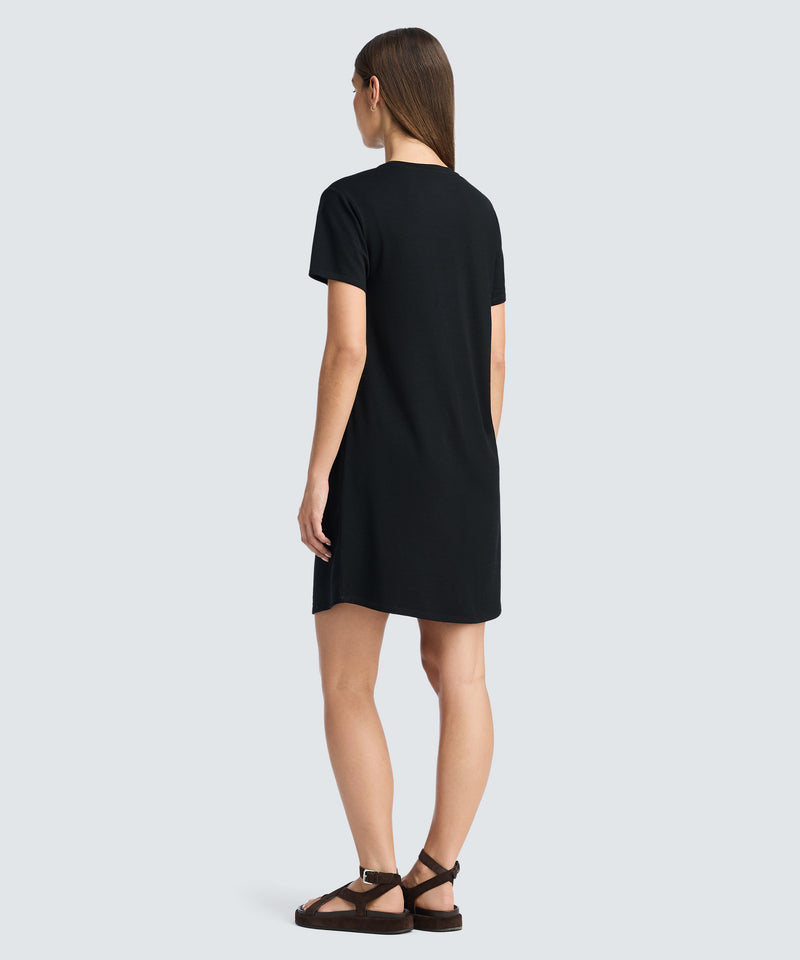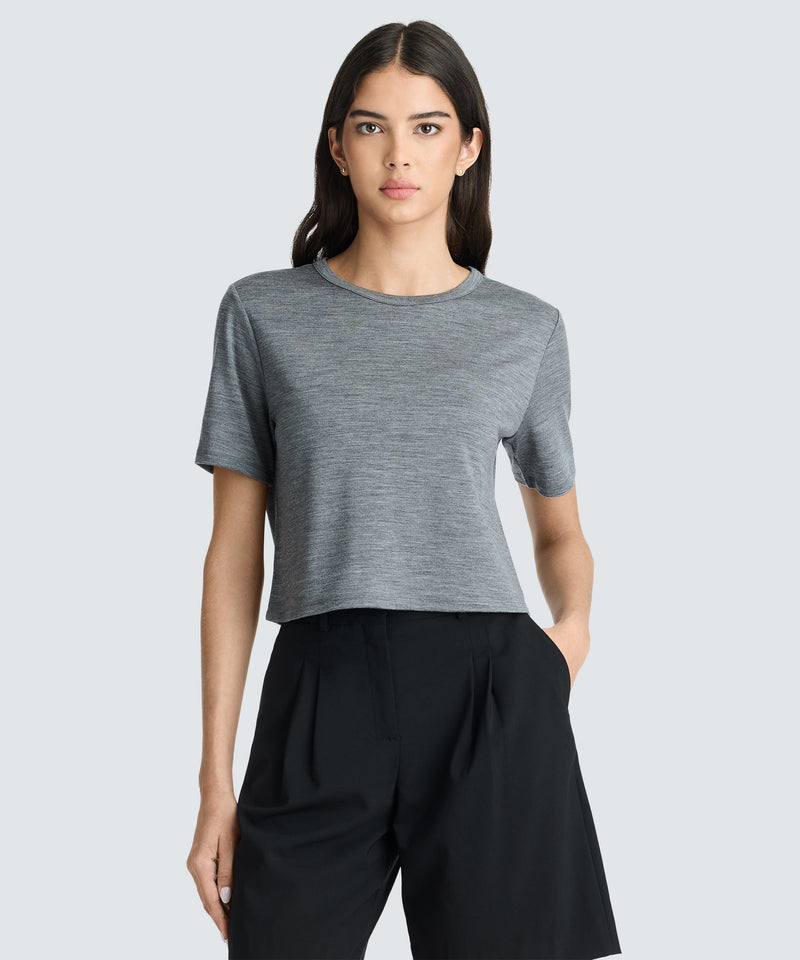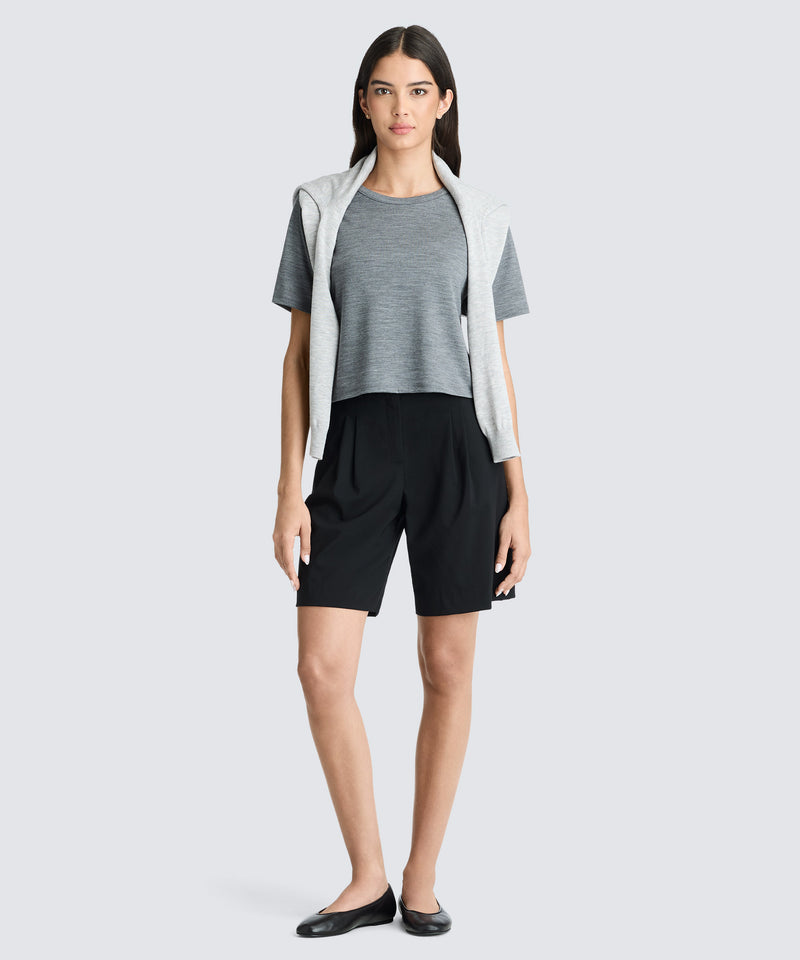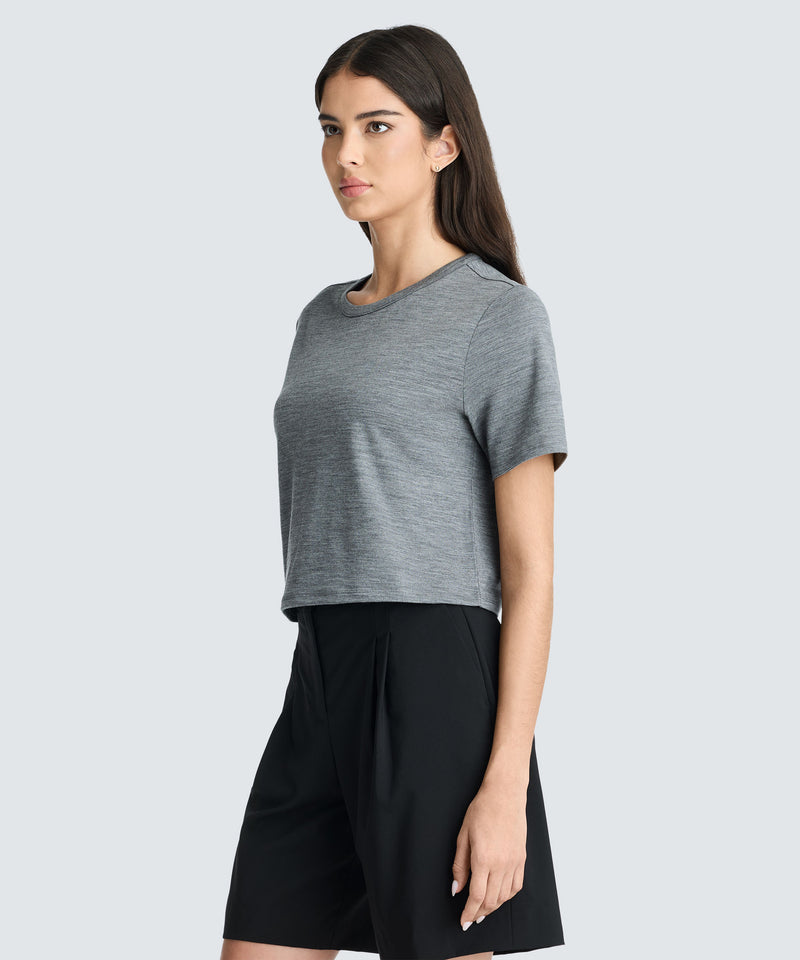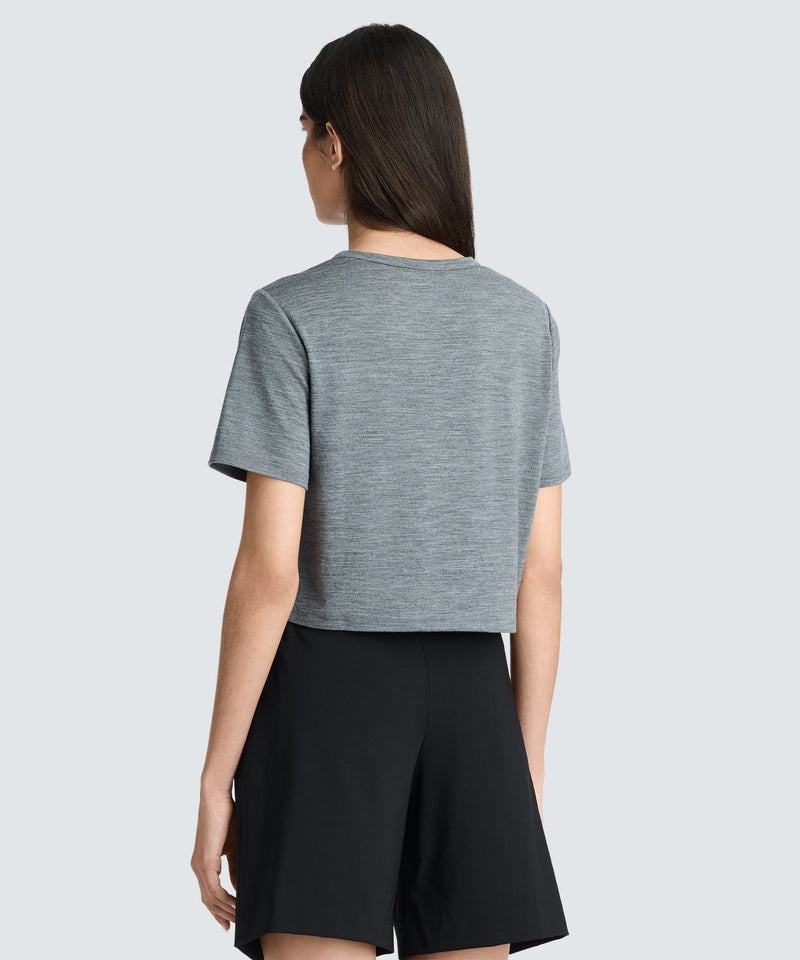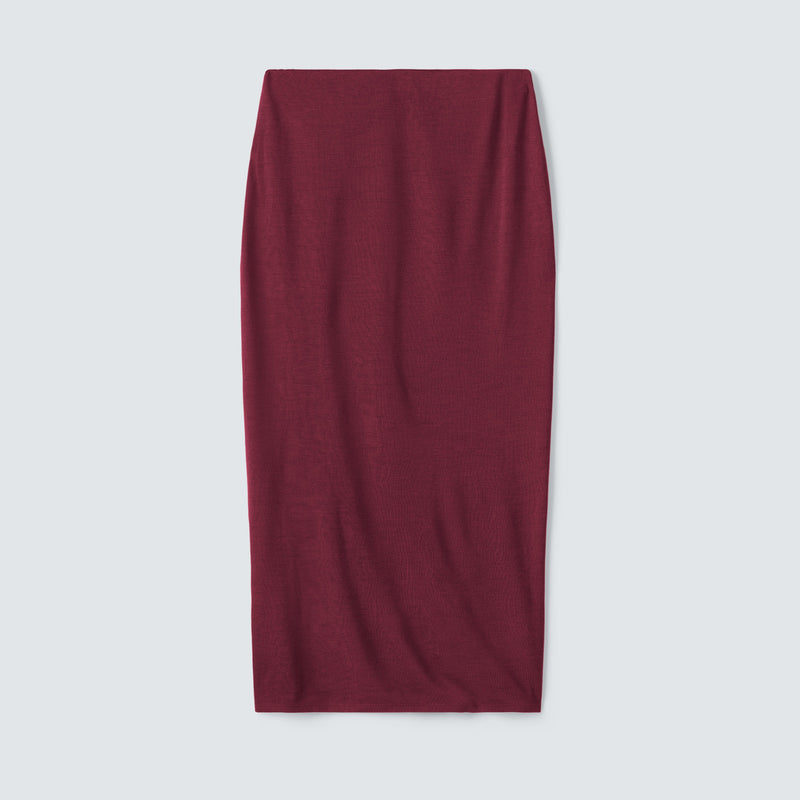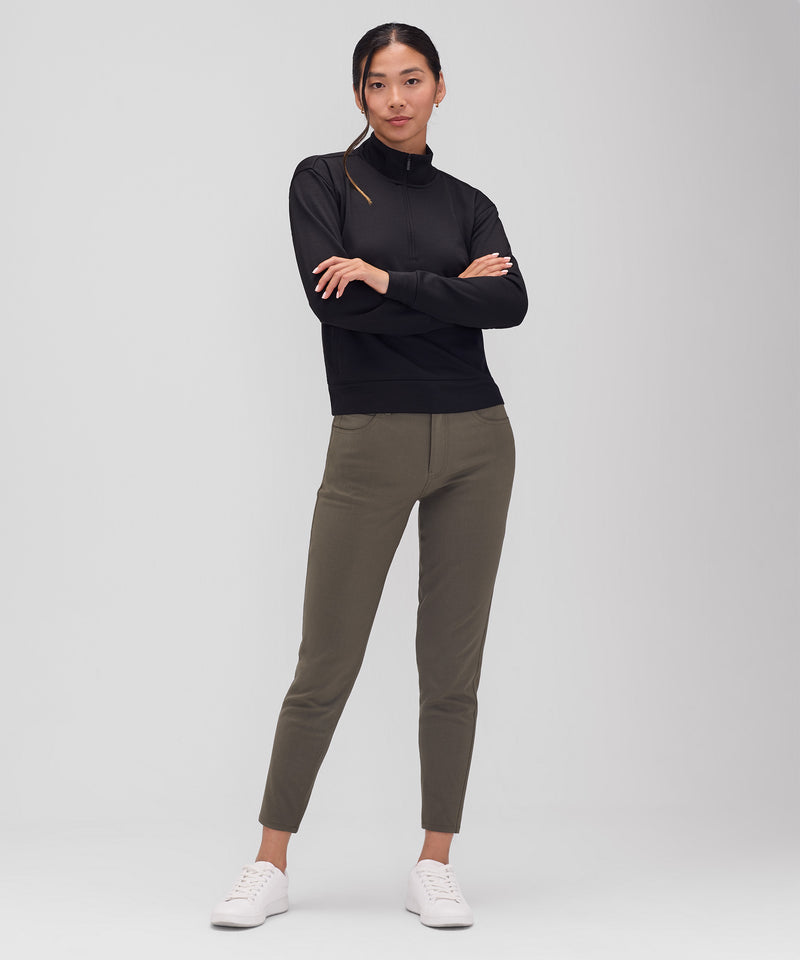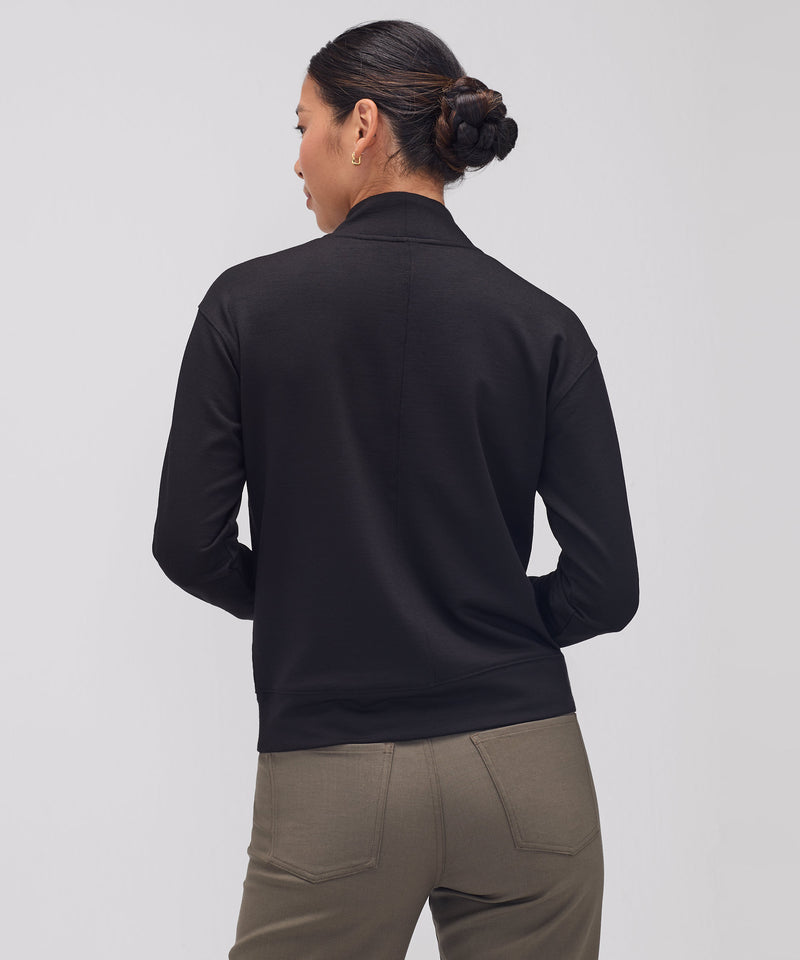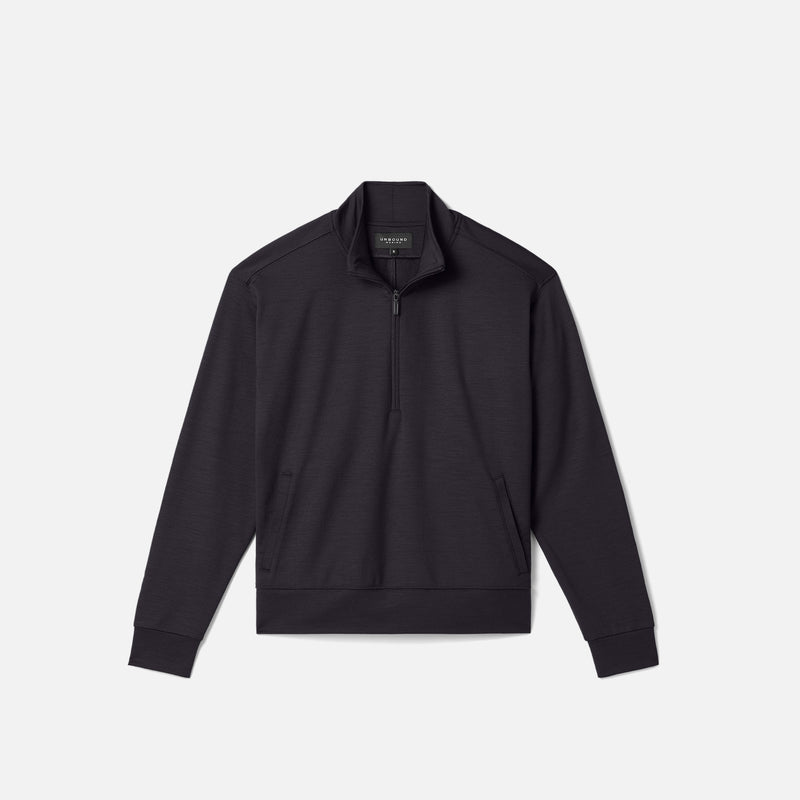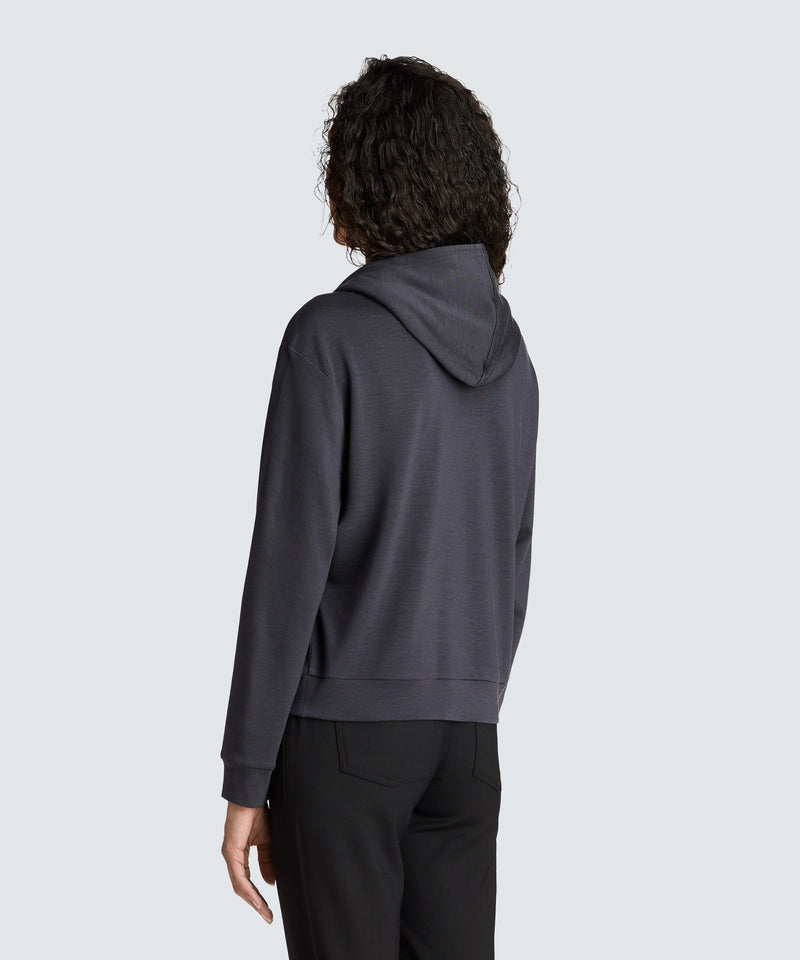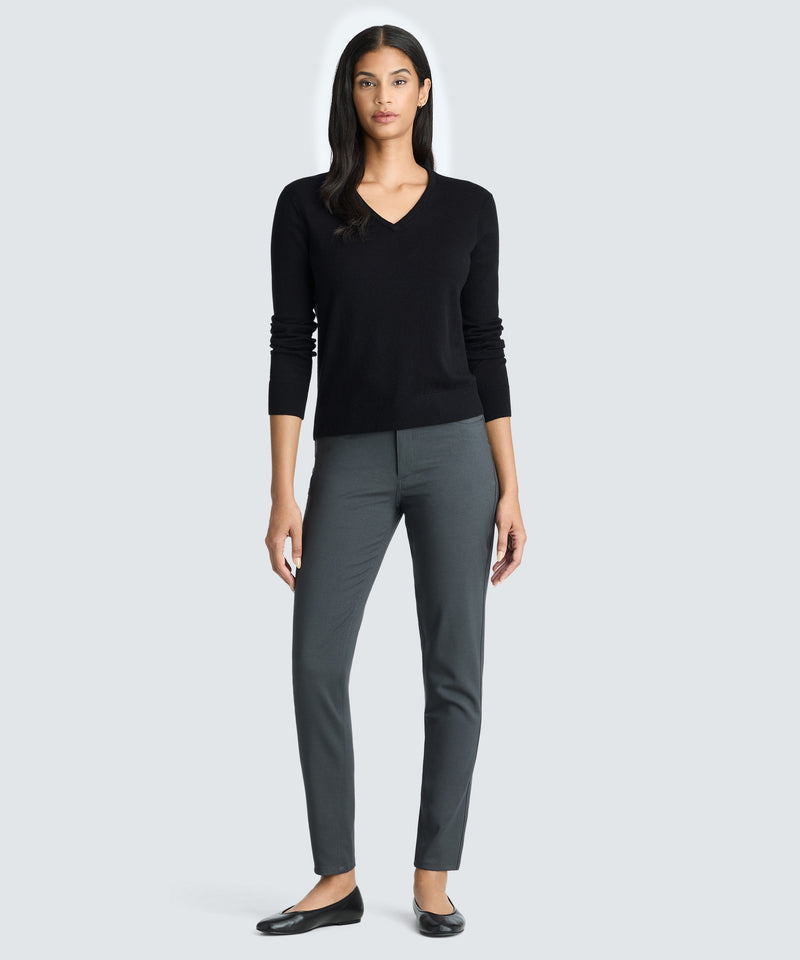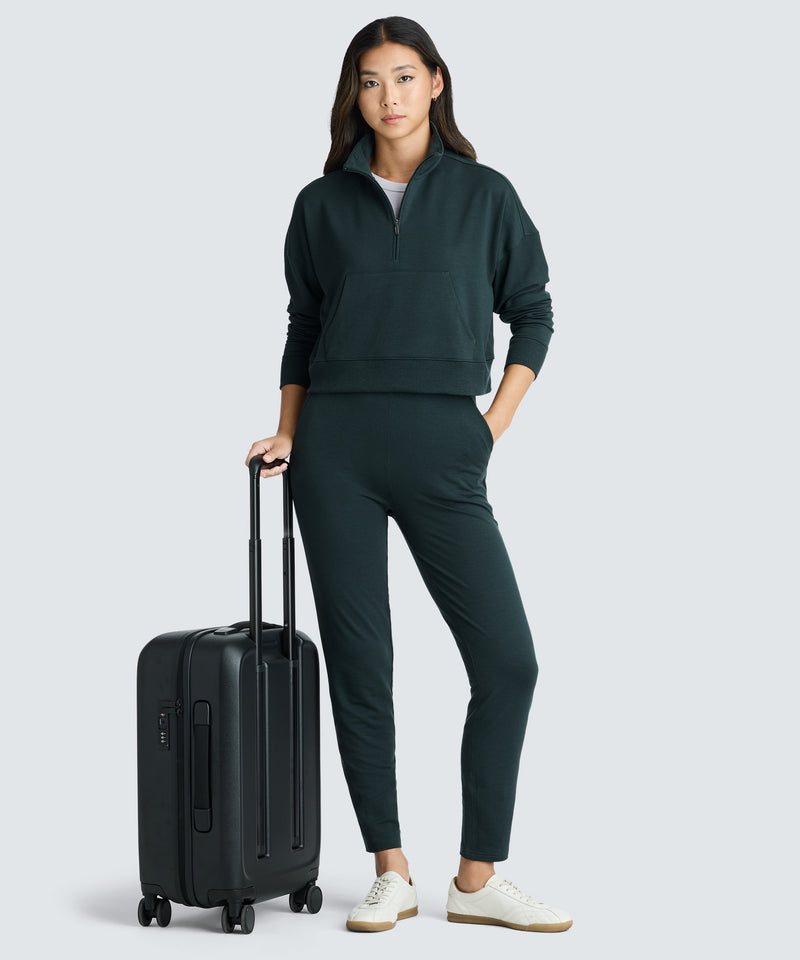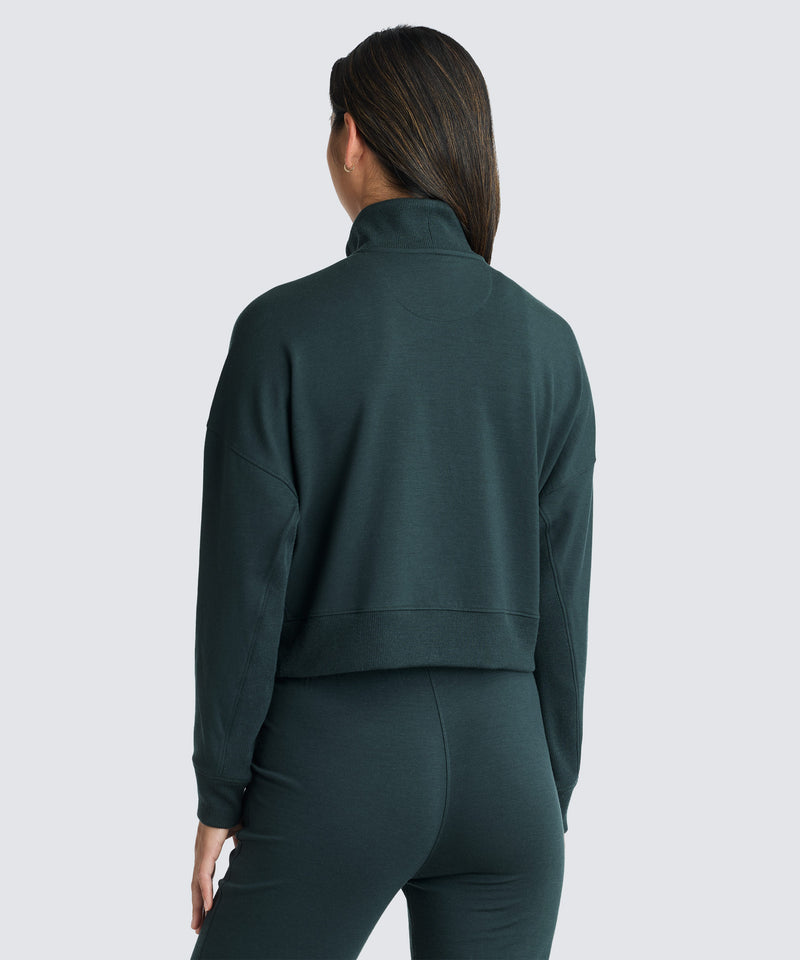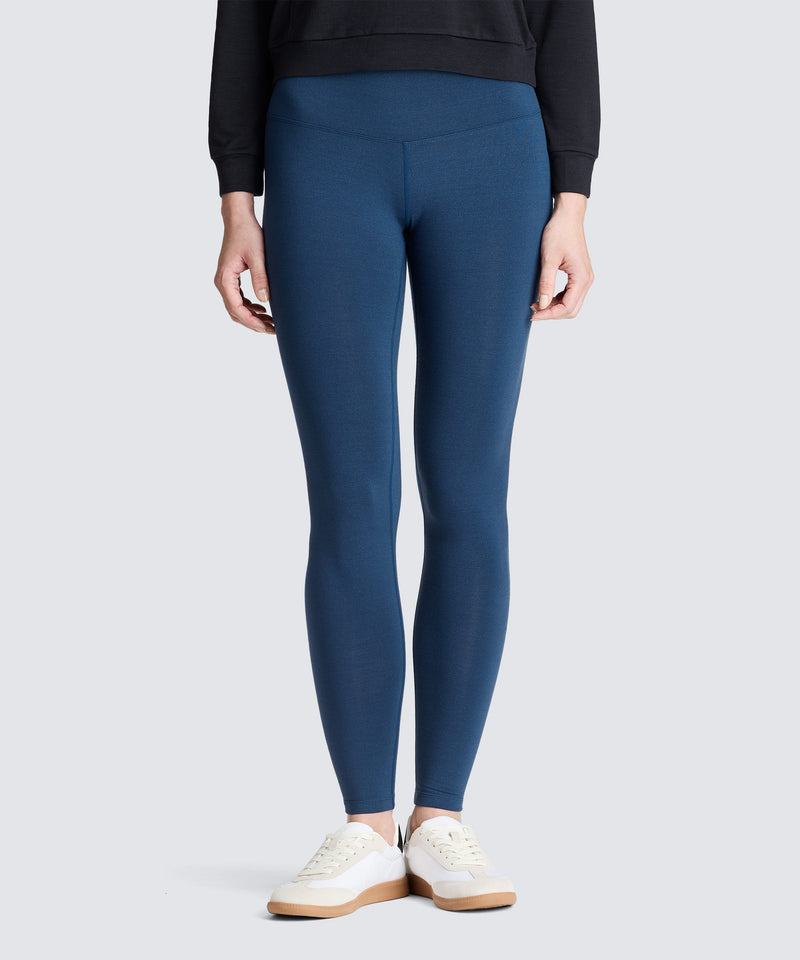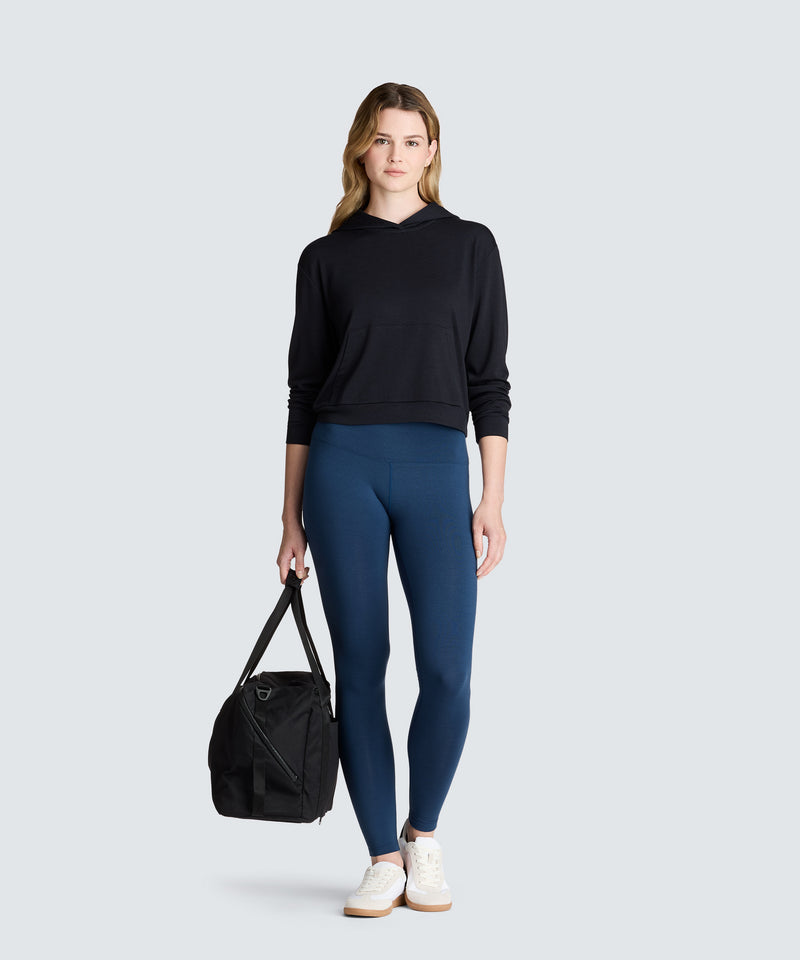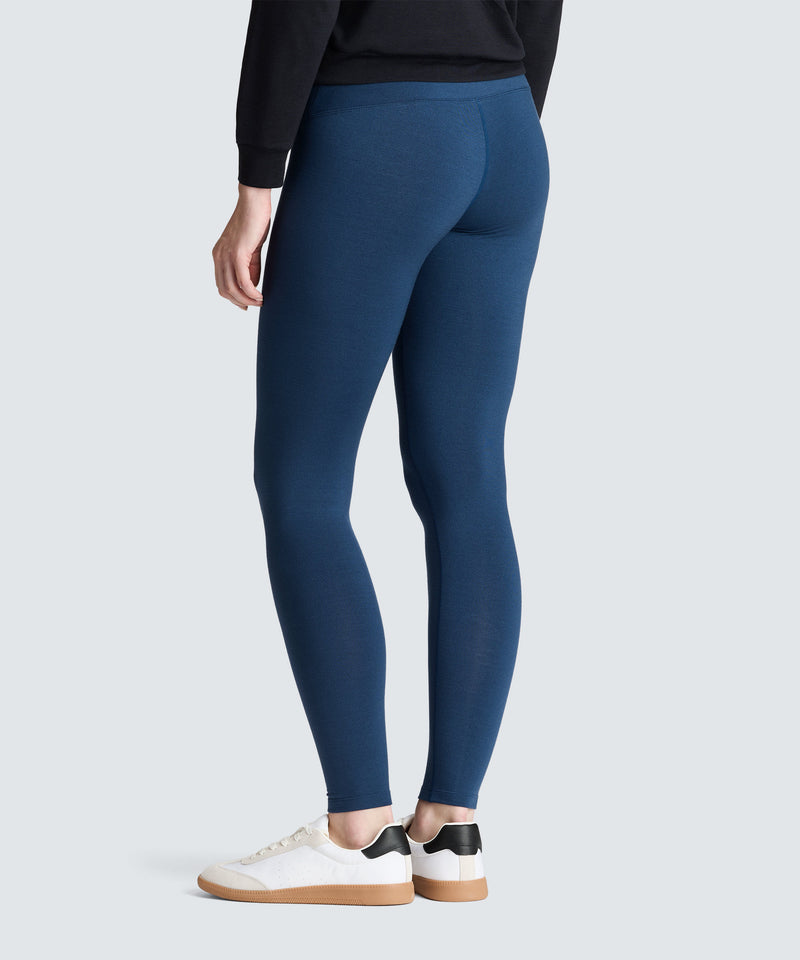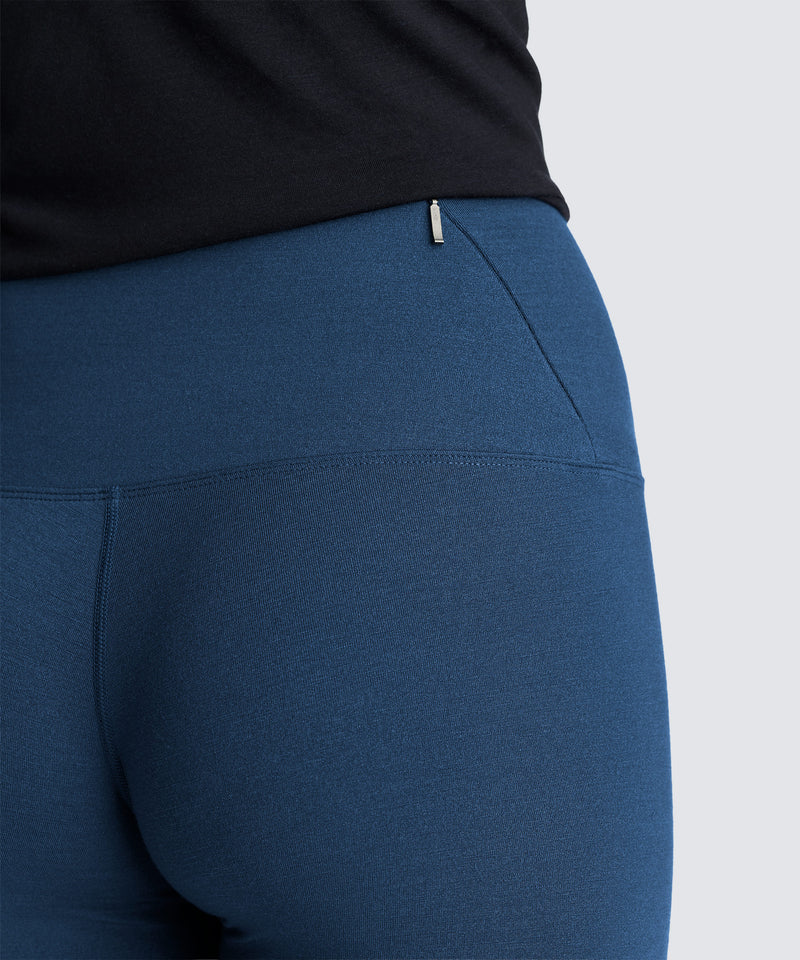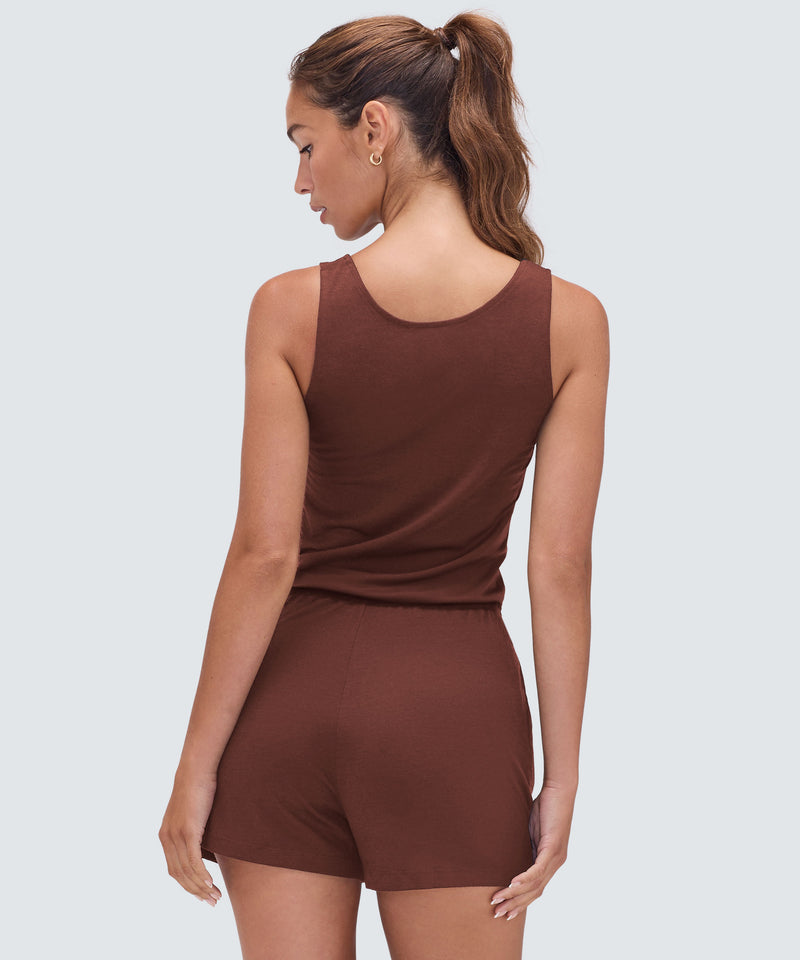People & Places
What You Can Learn from the #VANLIFE Movement
Updated: April 20, 2020
All over the globe, there is a cultural shift towards minimalism and mindful living. The idea of owning less, and experiencing more has caught on with a growing number of “one baggers” who have defined a new approach to travel.
That said, one of the fastest growing movements that advocates for simpler travel, goes even farther than pairing down your luggage to just one bag. These travelers are pairing down all of their possessions down to just one van. Enter #vanlife. A worldwide group of vagabonds, rebels, wanderers and adventurers who have chosen to ditch their homes and belongings to travel the world permanently.
Look, we get it, you like your job, you’re up for that promotion and you might even have some kids that need to get to school every day. Let’s face it, the van life may not be for everyone, but living out of a van for an extended road trip is definitely an experience worth having at least once.
So if an extended road trip is on your travel horizon, here’s what the vanlife movement can teach you to help get your next epic road trip started. Buckle up, pack your Unbound Merino gear and let’s hit the road.


What Is the Vanlife Movement?
With over 4 million #vanlife Instagram tags, this is a growing worldwide movement full of people who travel the world and sleep in their vans or mobile homes. The vanlife is more than just a travel preference. It’s a philosophy and way of life for people who value freedom and experiences over comfort.


Why Is Vanlife Spreading So Quickly?
More people are realizing that you can experience more when you’re not tied down to a physical location. The vanlife philosophy resonates so profoundly with the growing number of people who are choosing to adopt minimalism in their everyday life. More of us are looking towards experiences as markers of success rather than accumulating material possessions. Beyond that, the greater availability of remote jobs makes it easier to live on the go.


Three Truths About Vanlife
The beautiful images you see on Instagram don’t give you a full picture of the vanlife. It can be dirty, unstable and challenging. Here are some other things to consider.

There are added costs:


There's always uncertainty:


It can be rugged:

STEP 1
Picking a Destination
When deciding where to go, here are some factors to consider:
- Is the country safe?
- Are their roads safe for driving?
- Is the weather good?
- Are there many good (and free) campsites?
Top Vanlife Destinations


New Zealand
This lush, picturesque country is a perfect spot to give vanliving a try. In fact, many seasoned New Zealand travellers will tell you that exploring the country by van is the best way to go. There is no end to the untouched beauty that New Zealand offers, from glaciers to beaches to mountains. Because vanlife is already quite common, it shouldn’t be hard to get your van set up easily, and there are many services already set up to help you get on the road.


Canada
Canada’s massive landscape makes for a great vanliving destination. Drive through the Rockies, take in the diverse wildlife, camp inside the endless forests, swim in the Great Lakes. The country offers a ton of natural beauty and a relatively safe, outsider-friendly place to explore. Plus, that “nice Canadian” stereotype is fairly accurate. Come for the great summer weather and stay to witness the beautiful fall colours. If you’re there in the winter, however, be sure to check out these travel packs of Merino wool clothing to keep you warm.


USA
Americans and visitors alike have been vanroaming around the US for years, because it offers a great diversity of landscapes and experiences. Vanlovers particularly love the Arizona, Utah, Nevada circuit, which boasts tons of gorgeous sights and offers a bunch of great free camping spots. The National Parks act also means that any national park is prime for free camping.


Iceland
This small, but majestic island makes for the perfect vanlife destination. Look out your window at any second and you’ll be sure to see breathtaking views—waterfalls, glaciers, mountains, hot springs and even the Northern lights. Travelling through Iceland in a van is the best way to see it all. Because vanliving is a fairly popular option in Iceland, you’ll find a ton of van rental agencies and outfitters.


Portugal
More vanlifers are checking out Portugal because of its gorgeous beaches, great weather and fairly untouched natural beauty. It’s also super affordable, has a ton of free campsites and isn’t completely overwrought by tourism (yet). Portugal is also relatively safe. Summers can be scorching, though, so pack a breathable merino wool t shirt to beat the heat.

Other great spots:

STEP 2
Buying Your Escape Vehicle
It’s worth it to spend the time making sure your vehicle is perfect for you. This isn’t just your mode of transportation. It’s also going to be your home.

What Type of Vehicle?
If you really want a little more comfort and luxury, RVs can be a great option. But if practicality is more important, vans are the way to go. Vans are lower maintenance and have higher fuel efficiency than bulky RVs. Vans are big enough to fit a bed and other life essentials like a kitchen or workspace. But they’re also small enough to blend in with other cars, which is especially important when trying to park your van overnight in places that aren’t designated RV overnight spots.
Buying a Used Van
Buying your van used can save you a ton. You can find a quality used van that will take you just as far as a new one. Just make sure to do your due diligence before you commit. And consider the additional maintenance costs when buying used.
What to do
Most vanlifers opt for a used cargo van. You can find many that are still in decent shape for less than $5,000. Cargo vans are great because they’re mostly built for commercial purposes. They’re not pretty, but they’re practical, and can accommodate a ton of weight. Dodge B Series vans and Ford E series are solid options. They’ve both been discontinued, but you’ll still find a lot of them because they were quite popular back in the day.
New Vans
If you want to buy your car new, there are plenty of options. Keep in mind that just because your car is new, doesn’t mean that it won’t break down. Here are a few popular brands:


Ram Promaster
Price: $29,295
- A great value option that boasts practicality over aesthetics
- Walls are straight, not curved, which makes for easier conversion.


Chevy Express
Price starts at: $31,295
- Popular vanlife choice
- Many older models found easily
- Durable, made to last
- No bells and whistles


Ford Transit
Price starts at: $32,380
- Built for travel
- Practical car, easy to convert
- Fairly new, from 2014: less likely to find older models
- Affordable maintenance


Mercedes Sprinter
Price starts at: $38,420
- Considered one of the best
- Spacious: can carry up to 487 cubic square feet
- Comes with 4W drive for off-roading
- Available with standard or raised roof

STEP 3
Converting your van
Great, you bought your car. Now you have to make it livable.

Buying a Conversion Van
You can avoid the leg work and buy a van that’s already been converted. In many cases, buying a converted van and avoiding the cost of converting it yourself will actually save you money. These vans vary greatly in price and quality. For a few grand, you can find well-travelled conversion vans that have been gutted, but don’t come with much in terms of outfitting. You can also find more robust converted vans with electrical hook ups, stoves and even beds for at least $15,000. Or you can buy a brand new custom conversion van from companies like Sportsmobile. These will set you back at least $100,000, but they are seriously nice.

Renting a conversion van
If you want to give vanliving a try, but don’t want to commit to buying the van, there are great companies out there that rent out fully operational converted vans. Native Campervans is a great option for rental vans.


Conversion Kits or Custom Builds
If you don’t want to do the grunt work yourself, but still want a rad outfitted van, there are outfitter conversion kits that give you everything you need, from flooring to storage, to outfit your van easily. Wayfarer Vans offers some great kits that can even get shipped to you. If you really don’t want to get your hands dirty, you can get a custom build from companies like Vanlife Customs. Check these guys out. They do some really beautiful work.

DIY Conversions
If you’re eager to DIY it, here are some ideas:
Kitchen — You can go as complex as installing a sink, equipped water tank, filter and pump system. Get a mini fridge, or even install an electric stove or a removable propane one to cook outside when the weather permits.
Storage area — Affix cabinet storage to your van wall. Just make sure it’s durable enough for a shaky car.
Working space — Many vanlifers choose to include a working space, set with a fold-up desk and chairs.
Blackout blinds — Make sure you have some sort of window covering. It’s incredibly important for privacy as well as making a good sleeping environment.
Insulation — Depending on your destination, you may want to add some insulation so that you’re comfortable in all conditions. The 3 most popular insulation choices are expanding foam, denim or foam board. Many also choose to include a vapor barrier on top and some like to top that off with wood for extra warmth (and because it looks nice). If you want to install it from scratch, this incredibly thorough DIY video offers some great tips.

Electricity
It’s completely possible to live without electricity. But if you want the option of hooking up a fridge, a fan or simply charging your phone, you’ll need consider how you’ll be collecting electricity. There’s 4 main options depending on your budget and your needs:
Alternator —An alternator generates electricity as you drive. It’s great for smaller electrical needs, like charging your phone or computer, but not for bigger needs like powering a heater.
RV Power Hookups—Plan your trip accordingly and stay at RV campsites with electrical hookups. All you need is an extension cord. The downside is that you get less flexibility because you’re at the mercy of finding those electrical hookups.
Solar panels —An increasingly popular option because they’re quiet, environmentally friendly and simple (once you set them up). Depending on the panel you buy, you can get some serious power for those larger appliances. They can be a little pricey, but there is a growing number of options on the market, ranging in price, wattage, durability and complexity.
Generator —Generators offer a lot of reliable power. They’re a little noisy and bulky, but they’re great for powering your larger appliances for a while.
STEP 4
Funding Your Trip – tips for living remotely
Pursuing a more minimalist lifestyle on the road can definitely help dodge some of those big expenses like rent or utility bills, but you will by no means be free of expenses. You may get by with your savings, but depending on your means and your expected trip length, you may want to figure out how to fund your trip. But many vanlifers choose to do so by working on the road.
Remote Work—The many remote jobs available run the gamut from blog writing to legal counsel to virtual assistance. And if you’re lucky enough to be working at a flexible company, they may even let you work remotely for a couple of months. All you need is a laptop and access to WIFI. For more info, check out our guide to working remotely on our blog.
Seasonal Work – If working on the road isn’t your thing, you may also want to consider parking your van for a few months and taking on seasonal work, like bartending, before moving on.

STEP 5
Advanced Planning
It’s good to have a general idea of where you want to go, but make sure not to be too rigid with your plan. One of the reasons we started Unbound Merino (you can learn more about our story through the website) was so that people travel freer. Even still, some planning is necessary. Besides your route, here are some other considerations you may want to think about before you take off.
Wifi
If you’re planning to go off the grid, all the power to you. But if you want to stay connected while you’re on the road, you’ll want to think about how you’ll be doing that. You can get away with just using your allotted data on your phone plan if you plan on accessing the internet more sparingly. If you need more consistent access, get something more reliable like a portable WiFi router. Or just save all your Internet needs until you get to a café.
Showering
Vans get smelly. And, even with the antimicrobial capabilities of merino wool travel clothing on your side, after a while, you get smelly too. You’re going to want to shower. For some, the lake is a perfectly adequate “shower”. If you want a shower shower, it is completely possible to make it happen. Some vanlifers bring portable showers that can hold a few gallons of water. Others opt for a monthly membership to a chain of fitness centres so that they have access to their facilities in locations around the country.
You may run into some problems without a physical address. If you don’t have the option of using a family member’s address, consider paying a monthly fee to rent a post office box or a private mail box. A post office box can be a bit limiting because it’s clear the address is not linked to a physical location. Private mail boxes provide a standard address that pass as an actual address. Plus, many don’t need proof of residency.
Useful apps
MapsMe – MapsMe offers pre-downloadable GPS activated maps that can be accessed offline. Preserve your data and get full map access, even in a bad data zone. The only problem that users have reported is that their ETAs aren’t super accurate.
GasBuddy – This app helps you locate gas stations nearby and shop around for the cheapest gas prices. Super helpful as gas costs can really add up.
RVParky – This is a community-based app, created by a full-time RVer to help other RVers and vanlifers on the road. Find reviews, pictures and information of campgrounds and RV parking spots.
Freecampsites.net— This isn’t an app as much as a user-generated website directory for free campsites around the world. If you don’t feel like paying for a campsite every night, this site can be really helpful.

STEP 6
Finding a Place to Park Every Night
You can’t just assume that you’ll find a gorgeous forest to park your van every night. Some cities have stricter laws than others when it comes to sleeping in your car. In fact, by 2014, 81 US cities had reportedly banned sleeping in your car. Nevertheless, it’s absolutely doable, and you’ll get the hang of it in no time. Here are some options for you:
Paid RV and Camping Sites:
There are camping and RV sites all over North America. While there are many free camping options as well (which we’ll get to in a sec), being able to book ahead can give you the peace of mind you may need. You can also get access to amenities like electricity and bathroom facilities that many free camp sites may not offer. The downside is that paid sites can get a little pricey depending on your budget. Camping in a state or national park or a private trailer park can set you back $35-60 a night.
Free Camping in Public Parks and Reserves Sites
With some research you’ll find that there are actually tons of free camping sites in certain US states. You’re permitted to camp for free in most National Forests and Grasslands for up to 14 days. You may just have to pay an entrance fee. You can also find a spot to set up camp on Bureau of Land Management land, but don’t expect any amenities like electrical hook-ups, bathrooms or water. Thanks to the proliferation of the vanlife movement, there are great resources online to help you find these spots. Check out https://freecampsites.net/.
Parking Lots
There are many parking lots that are acceptable (but maybe not 100% legal) for overnight parking. If you can believe it, many Wal-Marts actually allow overnight camping in their lots. Best to check the specific location ahead of time to confirm. Other good potential spots are churches, bars, restaurants, casinos, or any establishment that closes late. Generally, lots owned by multiple businesses tend to be better for stealth purposes.
#1 Parking Rule: Be Stealthy
Truthfully, no one will bat an eye if they don’t suspect that you’re planning to sleep in your car. Try to blend in: Avoid hanging out outside the car. Make sure to get black-out blinds.

Vanlifers You Should be Following:


@mena_shootz
Who: Mena Gobran is an Egyptian-American travel photographer based out of California. Mena travels the world sharing his experiences through beautiful photography.
Top Vanliving Tip: “Travel light and don’t be afraid to not make plans. It’s the best way to really get lost and explore deeply.”


@flipflopwanderers
Who: Bram and Manon, an adventurous couple that has been travelling the world since October 2016 and have no plan to stop any time soon.
Top Vanliving Tip: “Especially when you will love the van life for a longer time it is important to find yourself a reliable van, which will save you money and time in the long run. Besides that the interior is important too! We converted our van ourselves the second time we were living the van life, and with the experience we gained the first time we knew how we wanted to make it to make our travels as comfortable as possible. We liked a lot of storage room so the van is neat inside, and we made it easily to reach.”
You can follow them on their travels on their blog.


@poseidonsbeard
Who: The Sellmeyers are a family of four, who are spreading their love of nature and exploration with the world, one adventure at a time.
Top Vanliving Tip: “It’s about remembering that the point was always to be outside constantly. Not to ‘live in a van’ but to live out of it.”


@fryesvan
Who: Frye is based out of his van in the American West. Frye started living on the road when he was 17 and hasn’t stopped for the past 3 years.
Top Vanliving Tip: “In my experience, the best advice is to just dive into it and you’ll figure out the things you’re worried about along the way.”

Vanlifer in Focus: Nate from Element Van Life
Nate has been living in his Honda Element camper since February 2016. He uses his YouTube Channel and blog, Element Van Life to share his experiences with the world. We had the pleasure of asking Nate a few questions about his vanlife:
Q: What drove you to start traveling around in your van?
Nate: There were a few reasons that made me decide to give van life a try. I was working a pretty miserable office job out of college and began to realize that minimalism was, for me, a key to freedom. I learned to reduce my monthly expenses and eventually realized that removing rent would allow me to live freely and travel full time.
Q: What’s your van set-up?
Nate: In one word? Simple. I’ve tried to keep things as straightforward as possible. I have a seat that folds into a bed, a basic solar system (just enough to keep my small fridge running 24/7), a sink, and some storage space.
Take a tour of his digs here.
Q: What’s your favourite place you’ve traveled to?
Nate: That’s a very difficult question to answer! I’d have to say Glacier National Park is up there for me. I also love the cities of California, particularly San Diego and San Francisco. Utah is another incredibly geologically diverse area that never ceases to amaze me.
Q: What’s the biggest challenge of living in your van?
Nate: I feel like I’ve acclimated to van life enough that I’m not really bothered or challenged by most daily activities. It didn’t take me long to get used to sleeping in the Element. I’d say the biggest challenge to this day is probably getting sick and dealing with not feeling well in the van. That’s never fun.
Q: Describe your typical day.
Nate: My typical day can vary greatly. I usually wake up in a different place every morning. I eat breakfast in the van, find a Planet Fitness to get a quick workout and a shower, and then see what’s in store for the day. I’m often out creating videos for the YouTube Channel or editing footage for clients. It can really differ based on my location. When I’m by the coast, I try to surf as much as possible. When I’m in the mountains I hike, camp, and enjoy the outdoors.
Q: What’s the biggest learning moment you’ve had on your trip?
Nate: In the first year, I had a few different encounters with police. Learning where to park overnight and which places to avoid was definitely a process for me. One night I was driving late on my way up the coast of California via the PCH. I was exhausted, so I decided to stop and try to stealth camp in a small coastal town. Everything was going well until 2 AM when I awoke to loud knocking on the Element. A local police officer had caught me. To this day, this is the only time that I’ve been woken up by police on a city street. I later found out that the town I was parked in (Carmel-by-the-Sea) is one of the wealthiest places in the United States. My old Element with surfboards on top stood out. Needless to say I won’t be trying to park overnight in places like that ever again.
Q: What’s your top vanliving tip for new or potential vanlifers?
Nate: DO IT. I spent over 2 years trying to decide whether or not I should embrace this lifestyle. I was worried about what others would think. I eventually realized that it doesn’t matter how others feel about my life. My only regret is that I didn’t do it sooner.
You can check out Nate’s YouTube Channel here.
Vanlife. Do it.
Huge thank you to all the Vanlifers who participated in this post! Have you spent an extended time on the road? Got a tip? We’d love to hear about it in the comments below.






